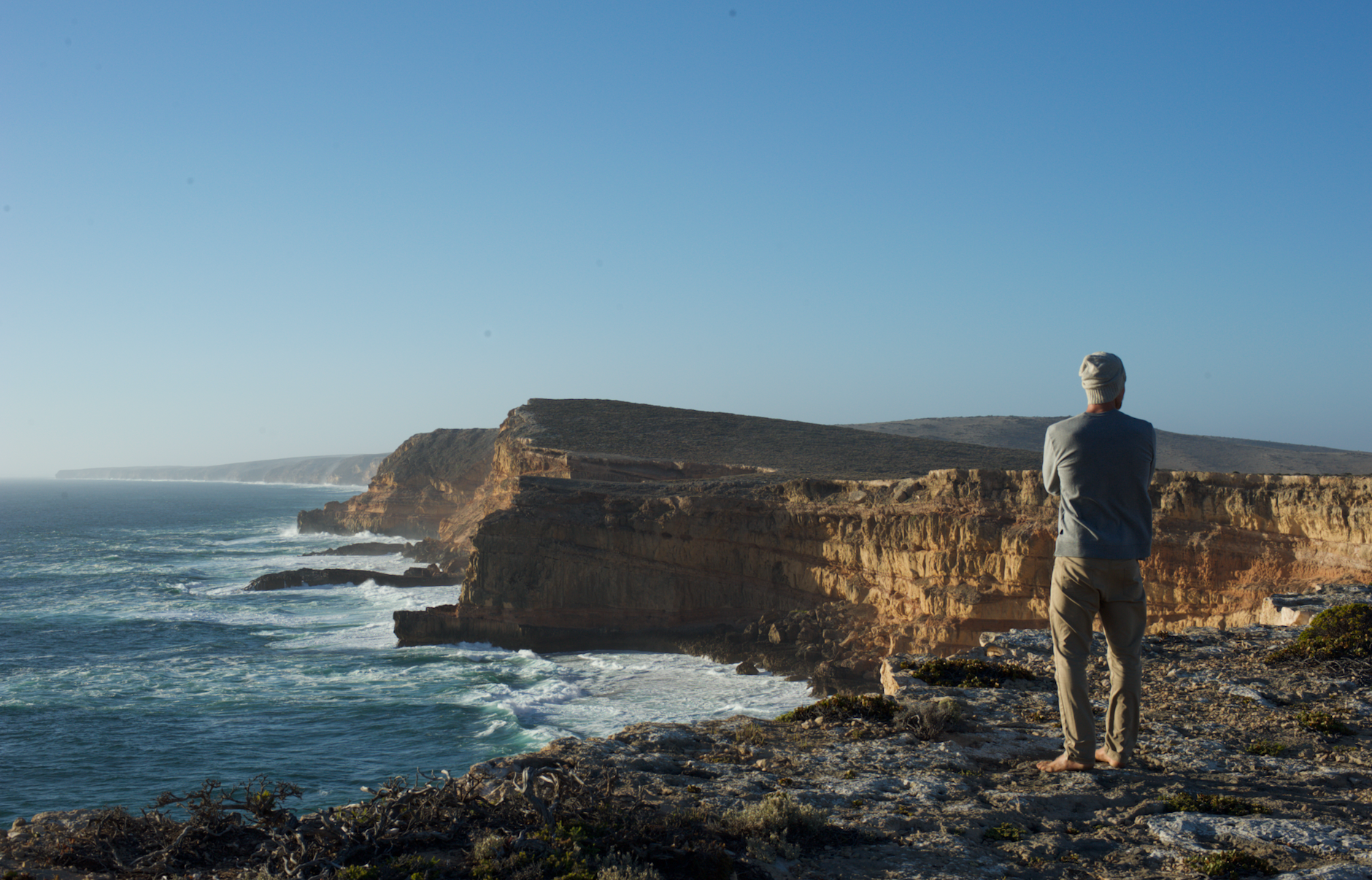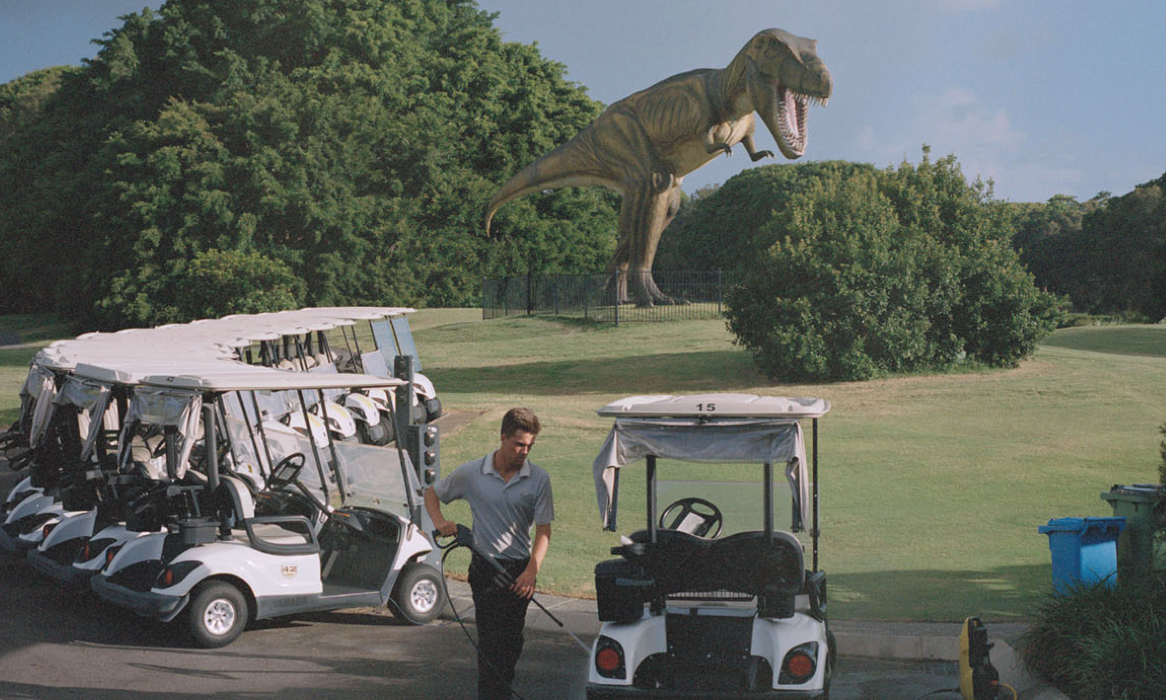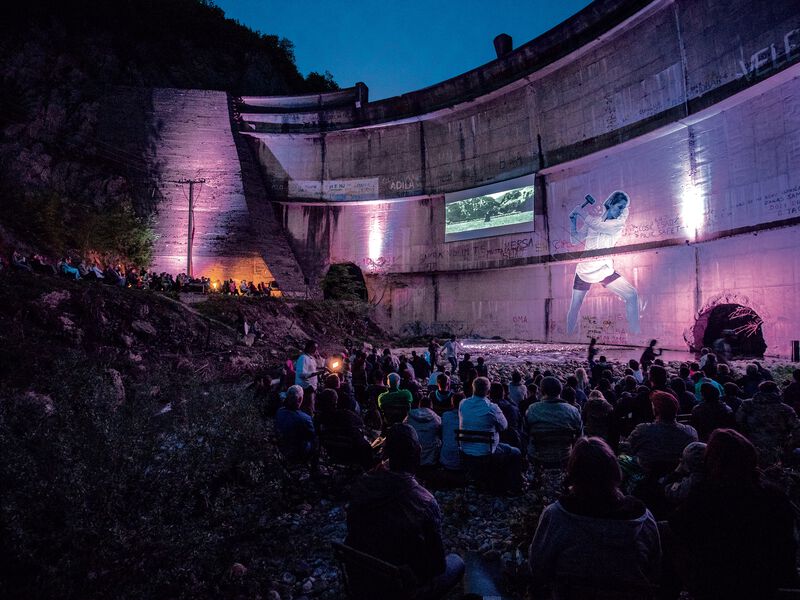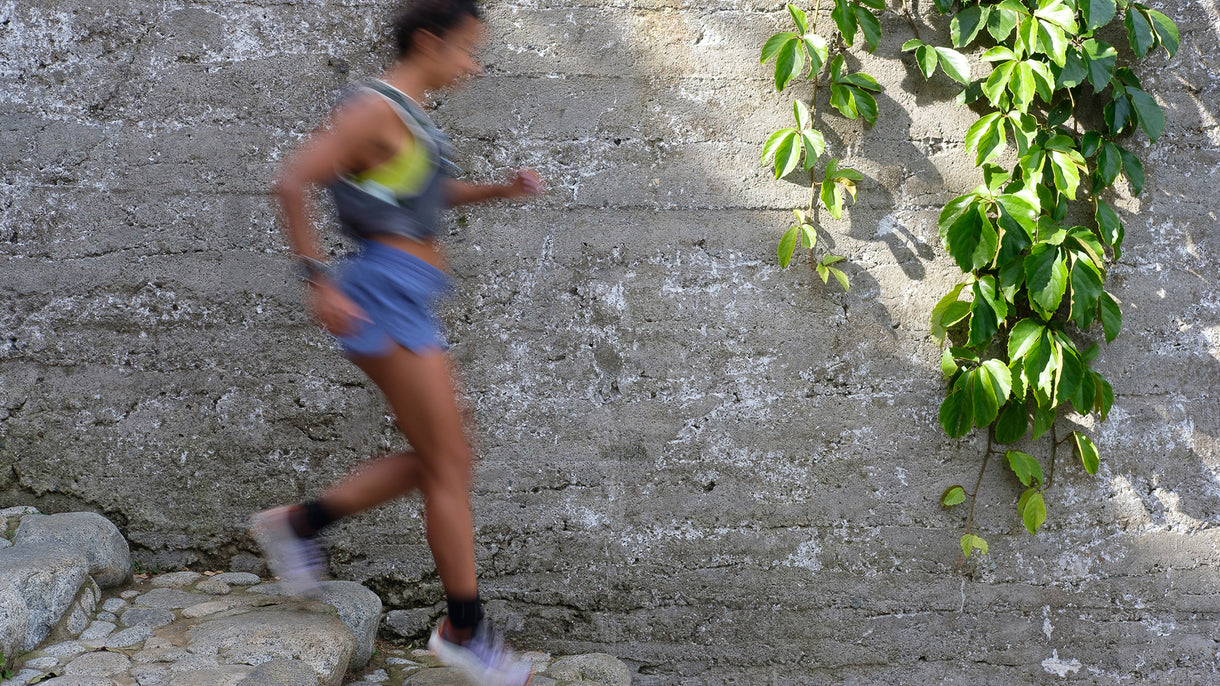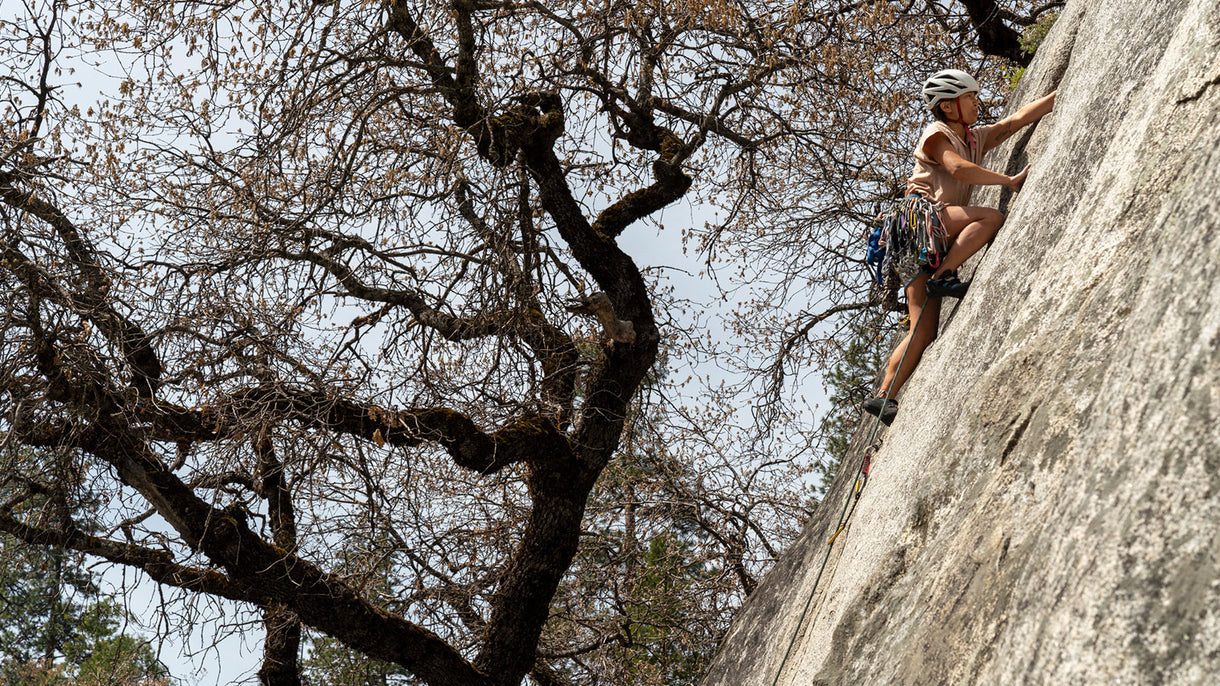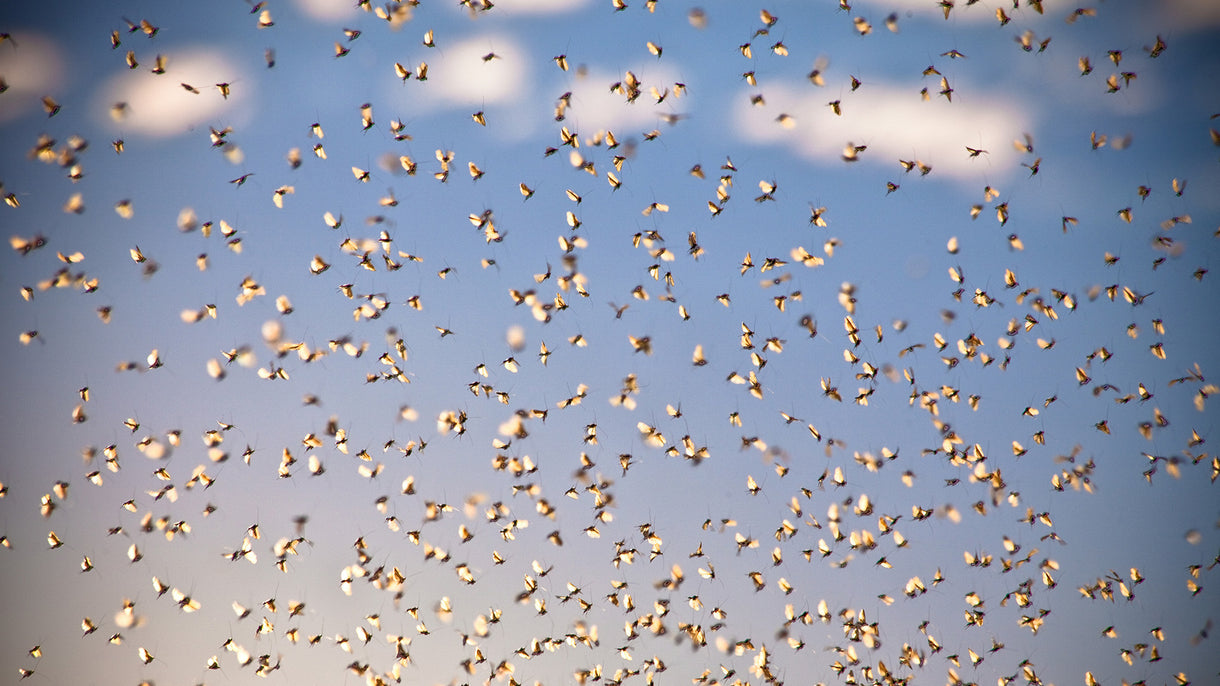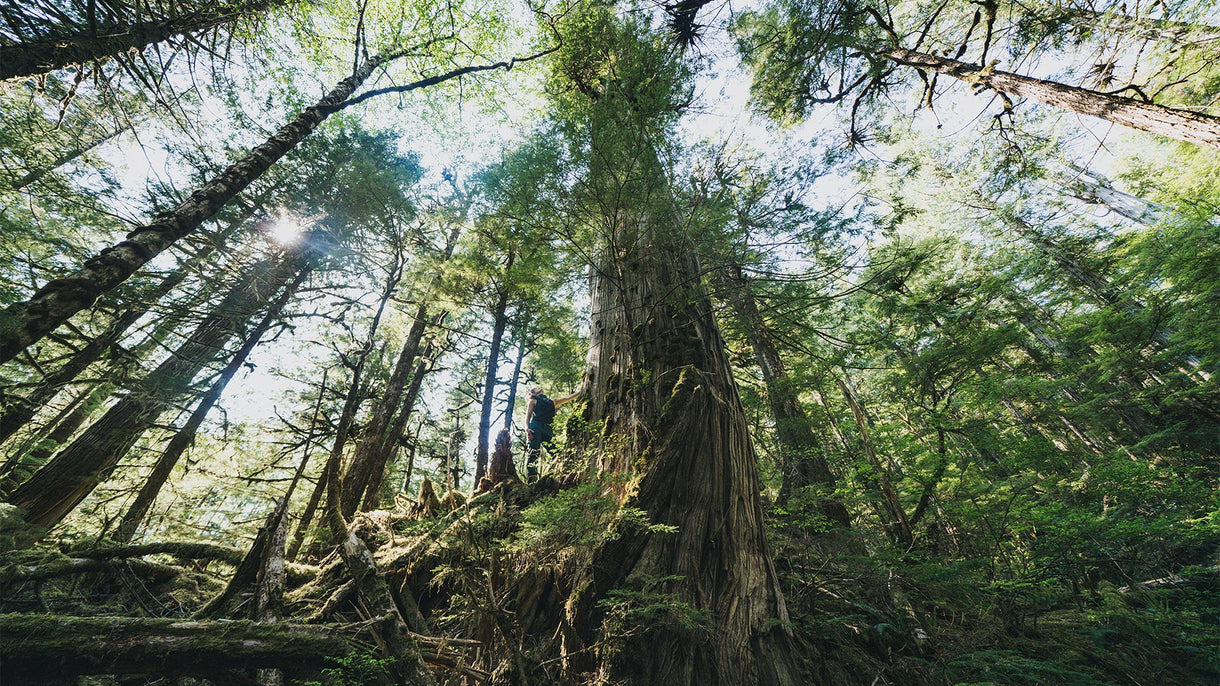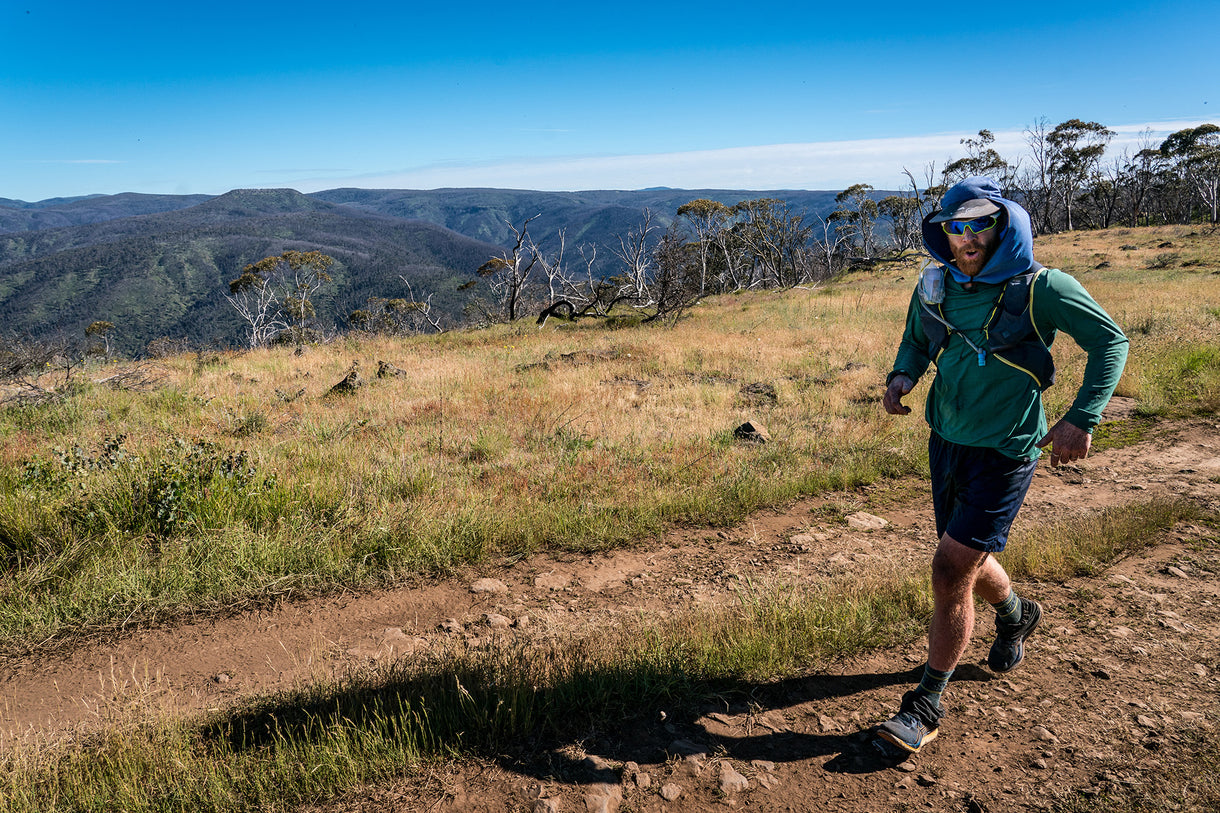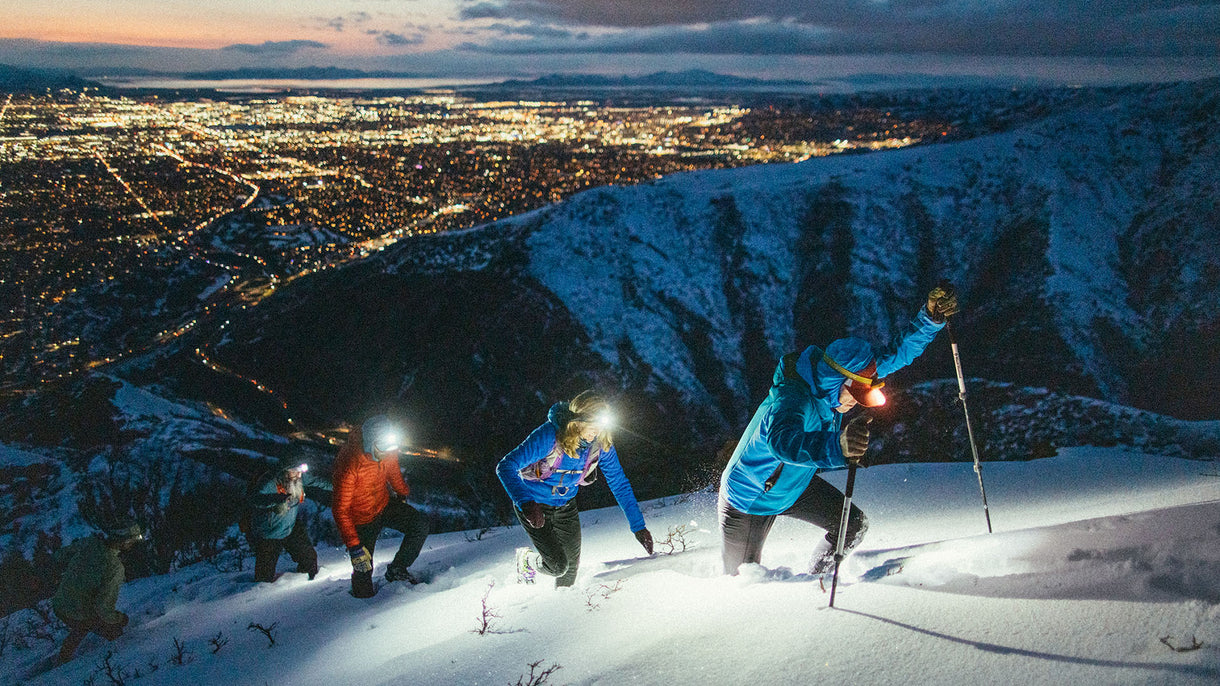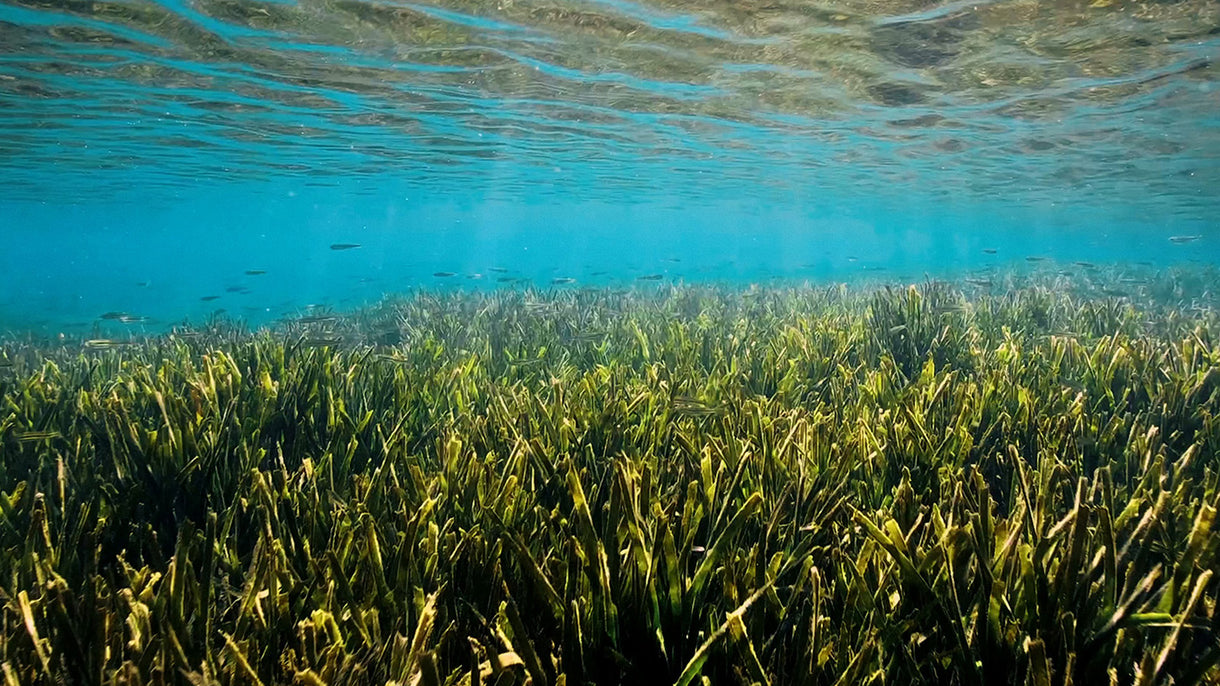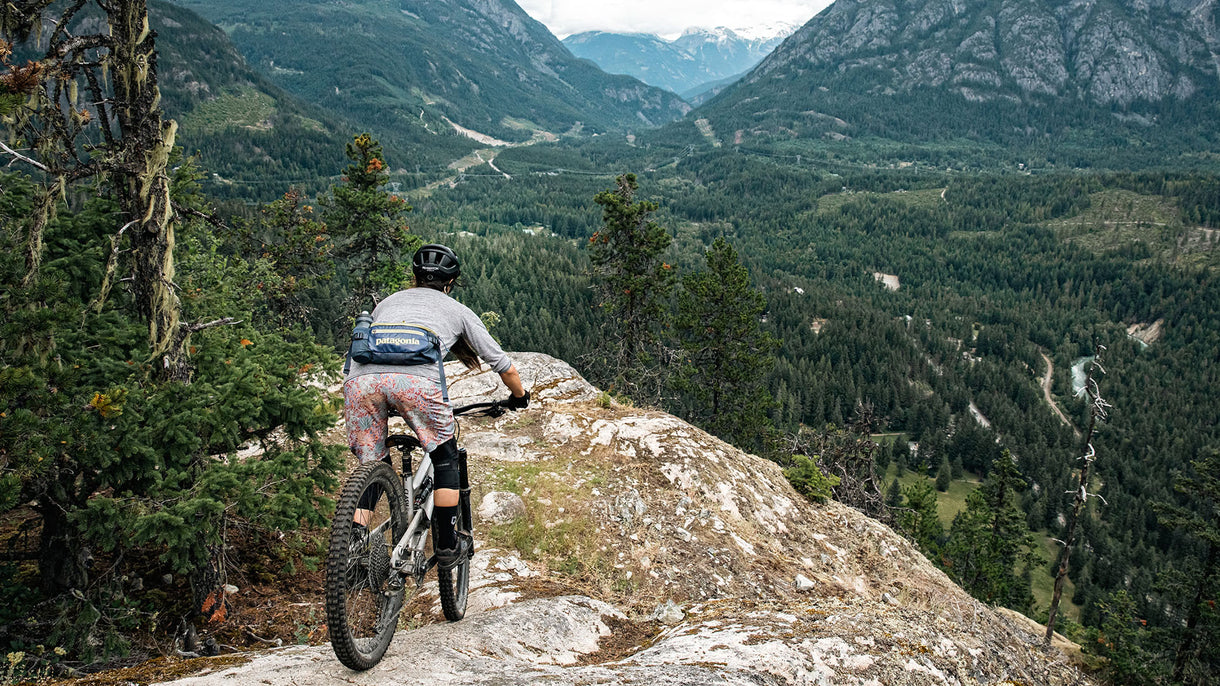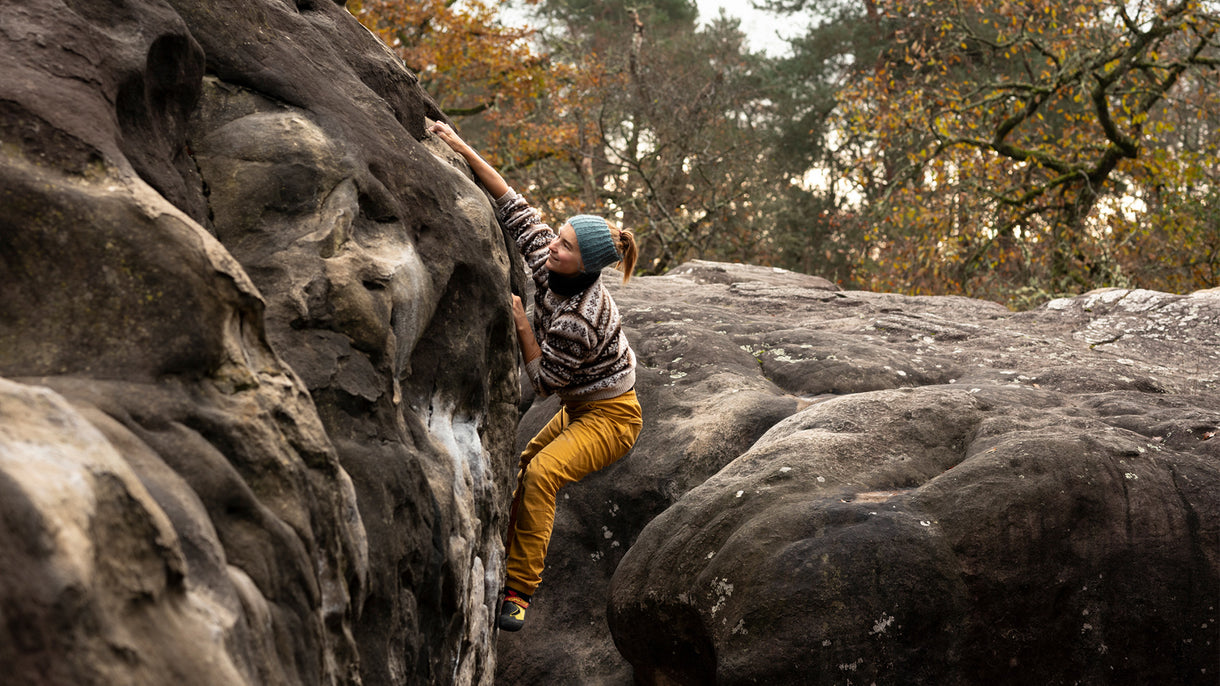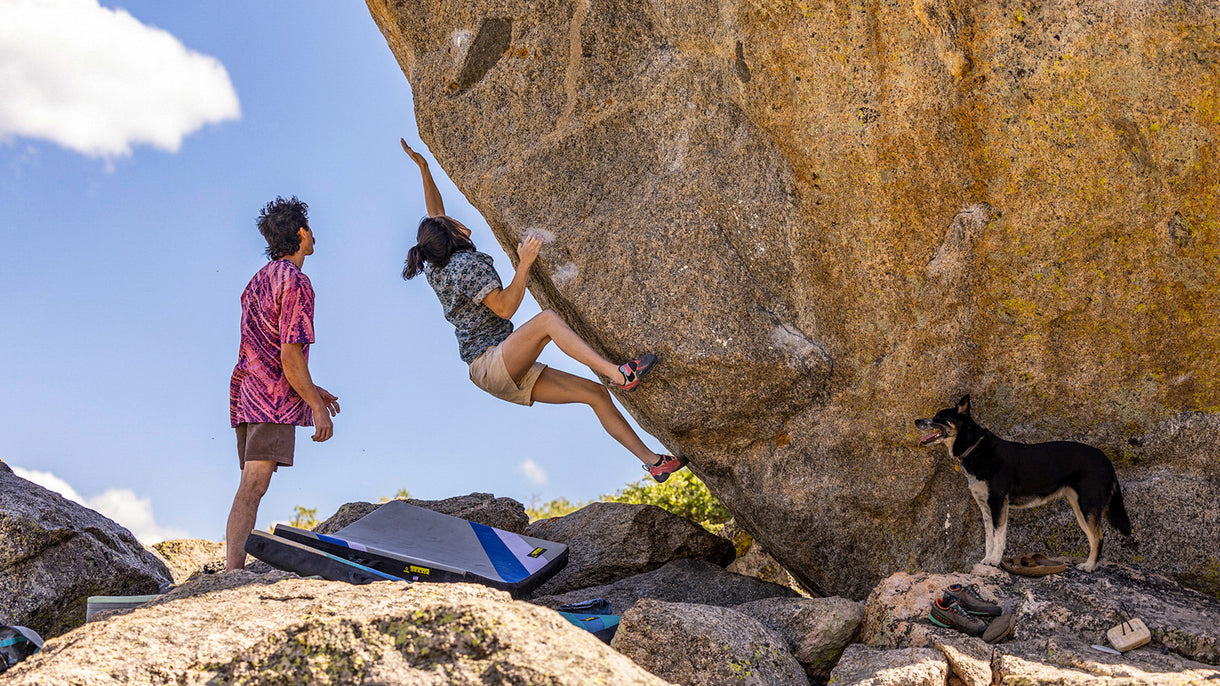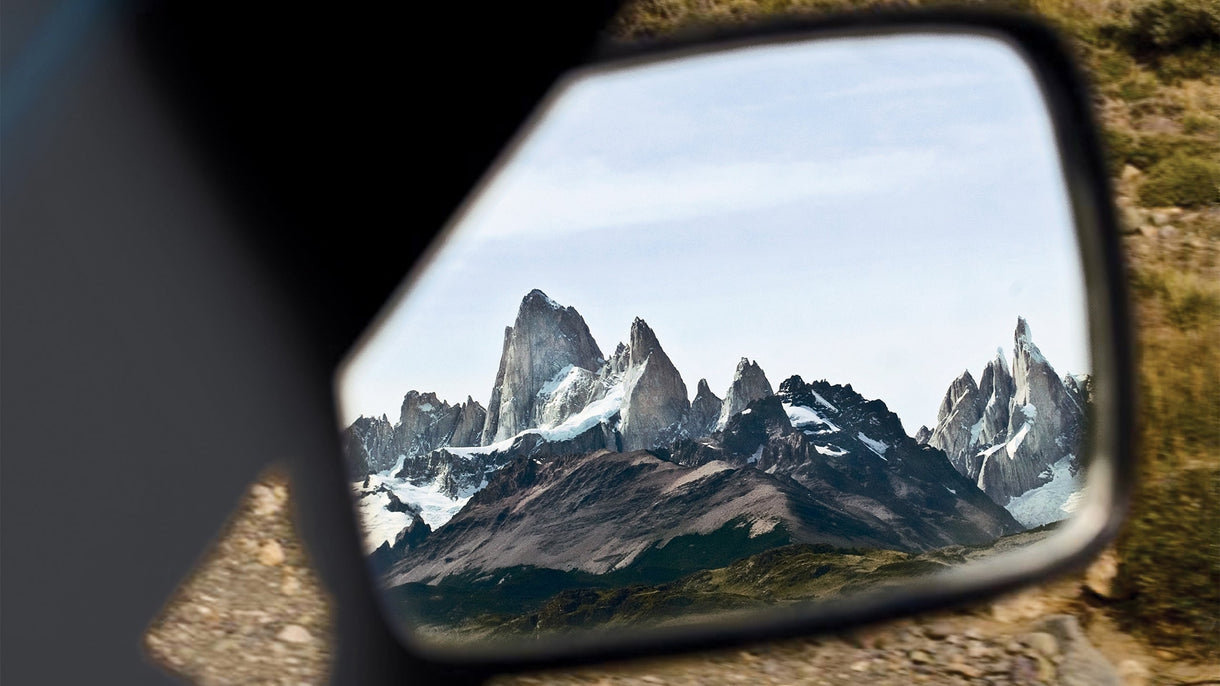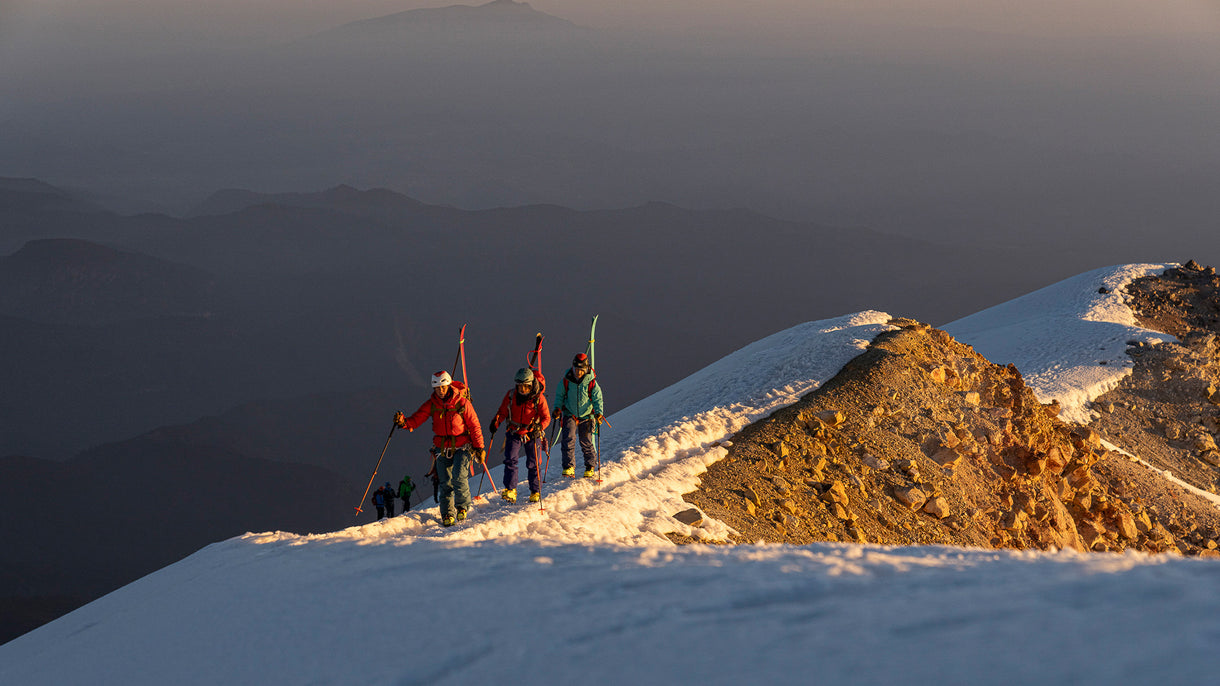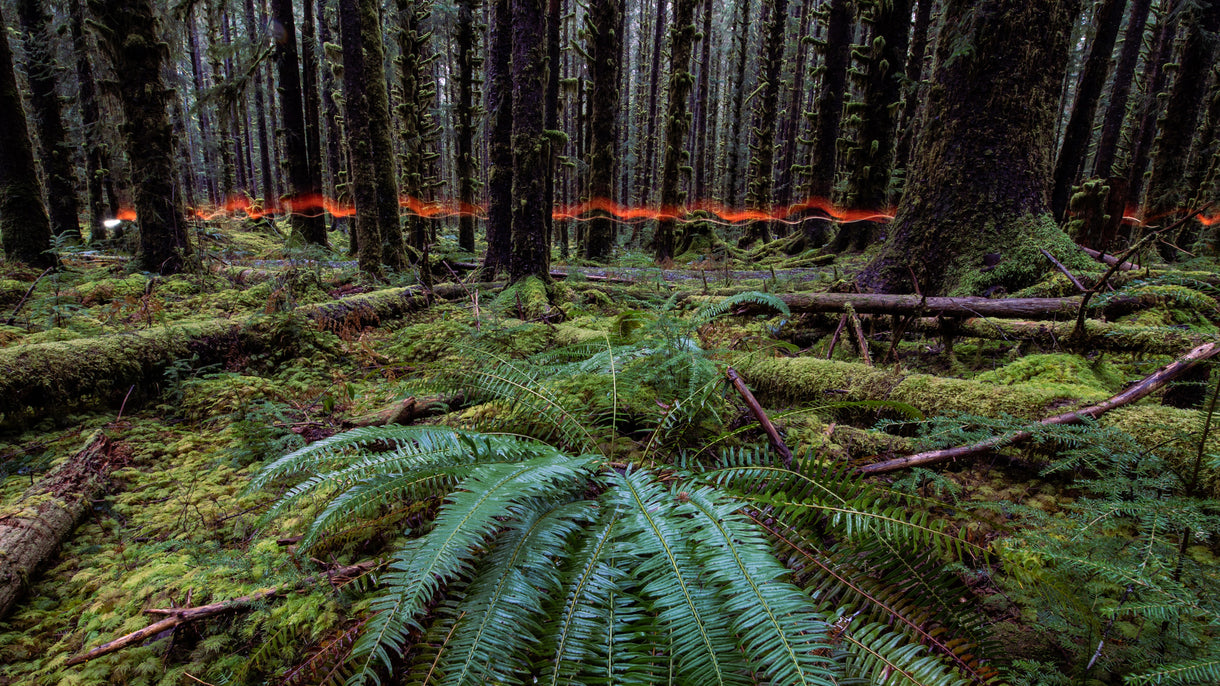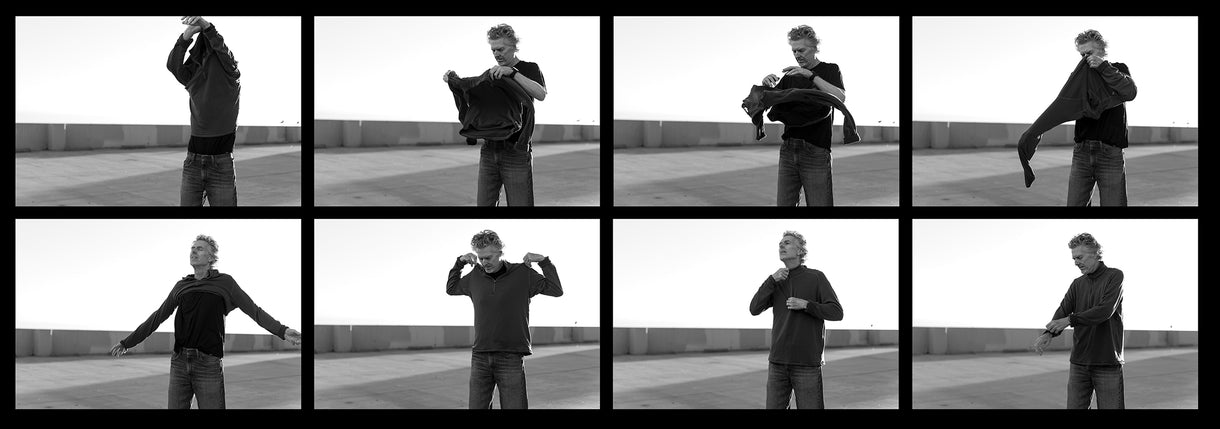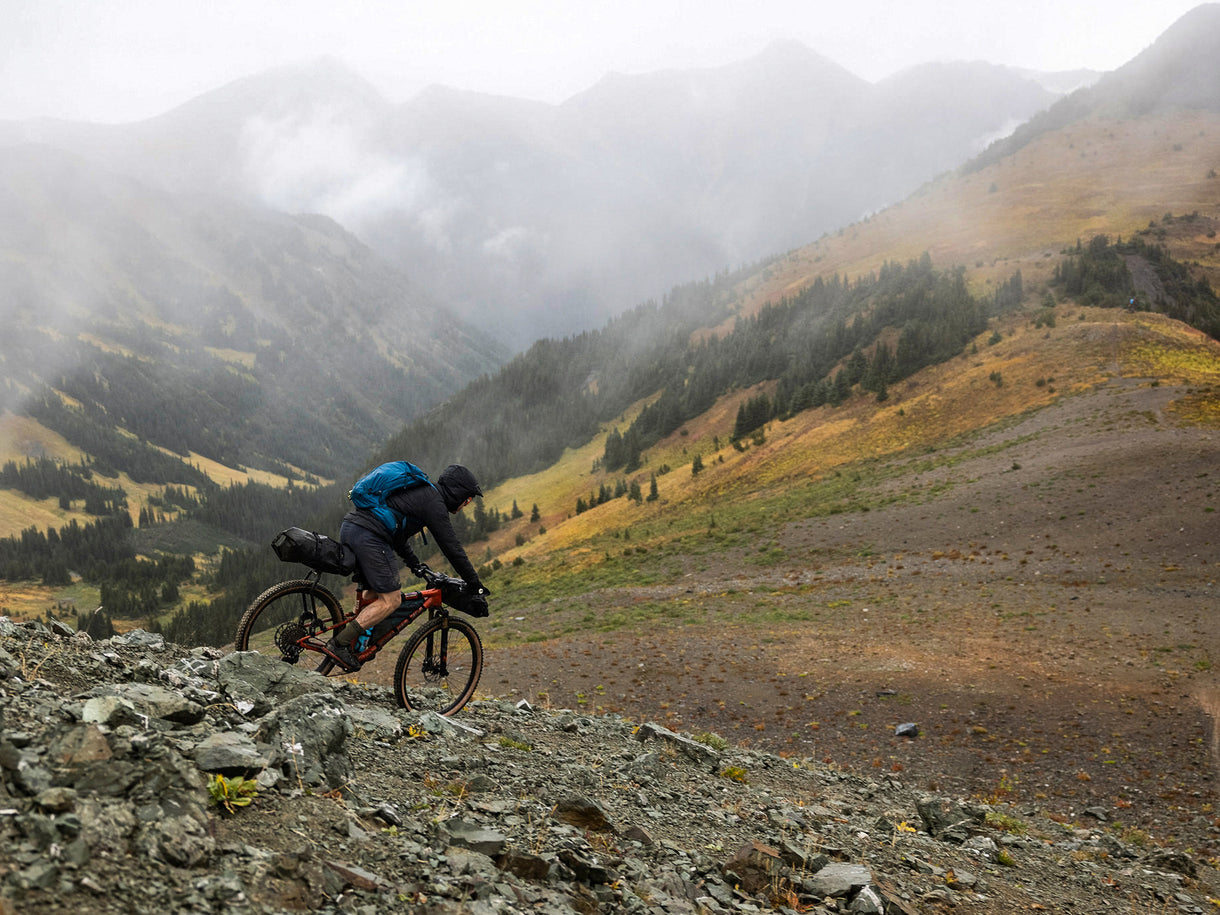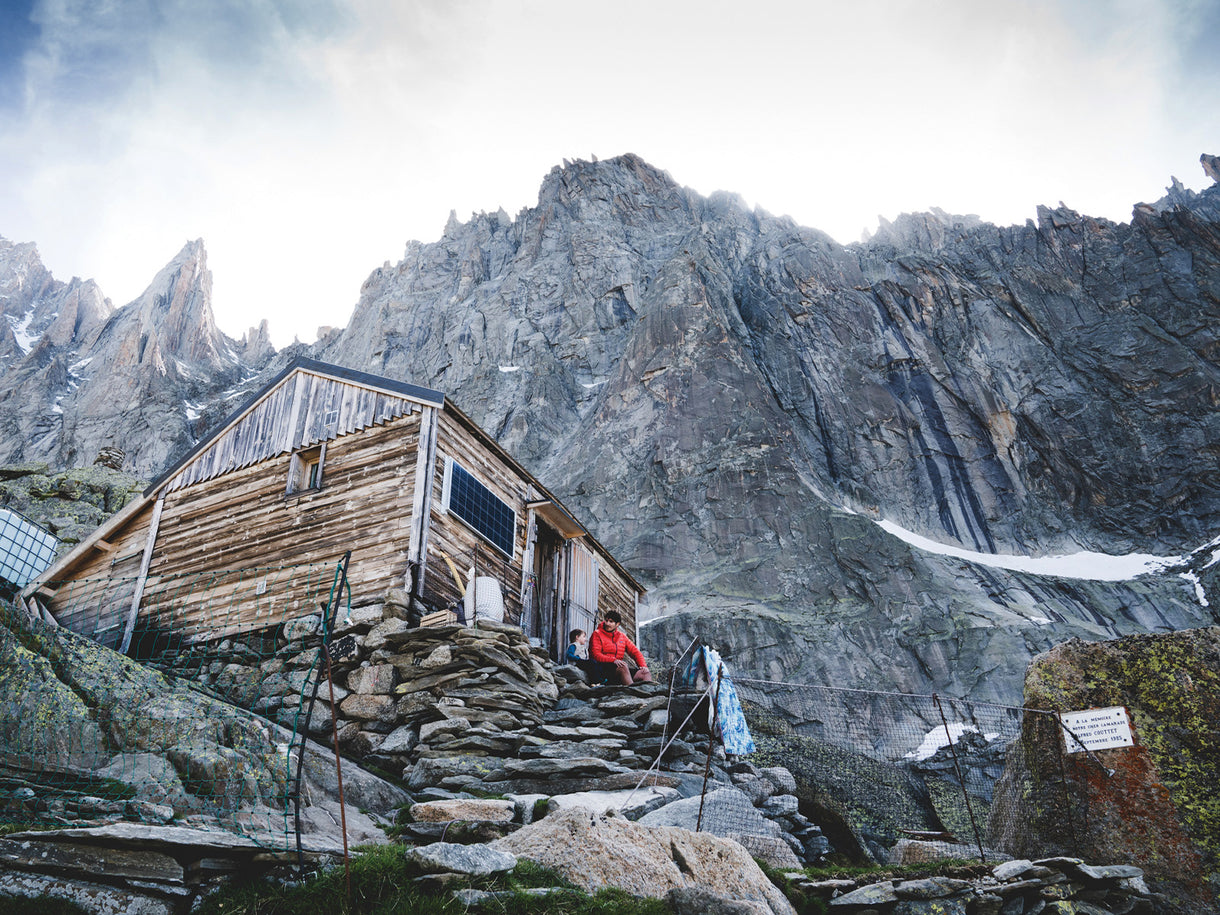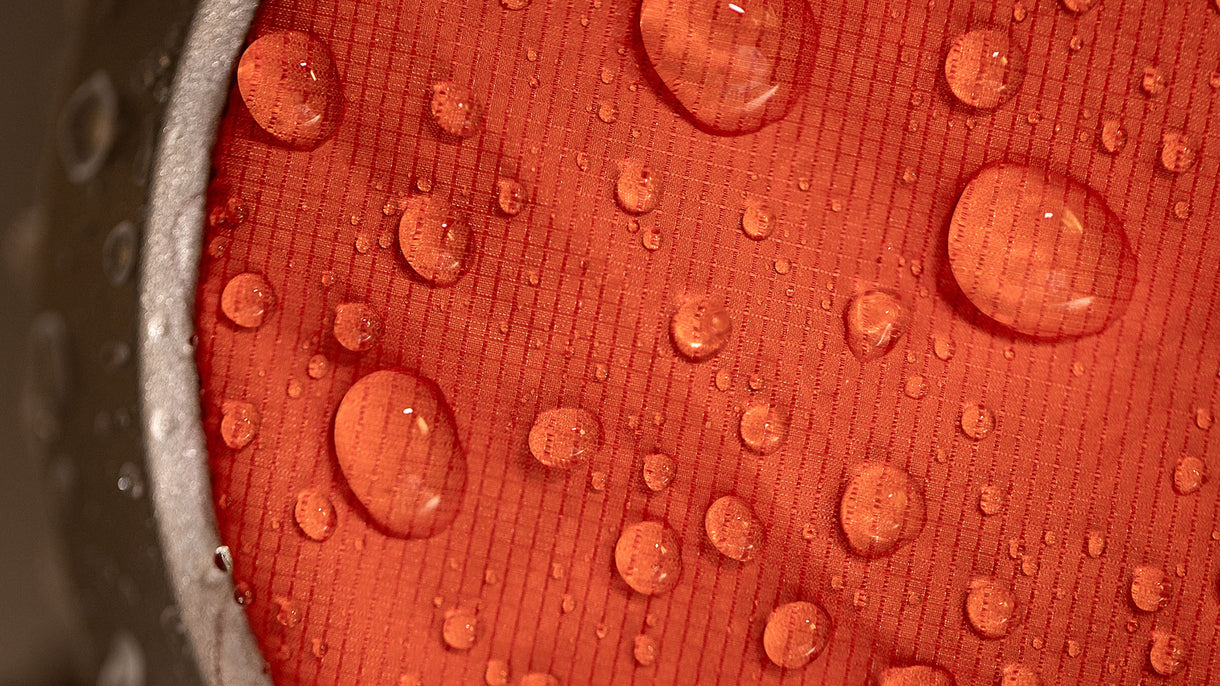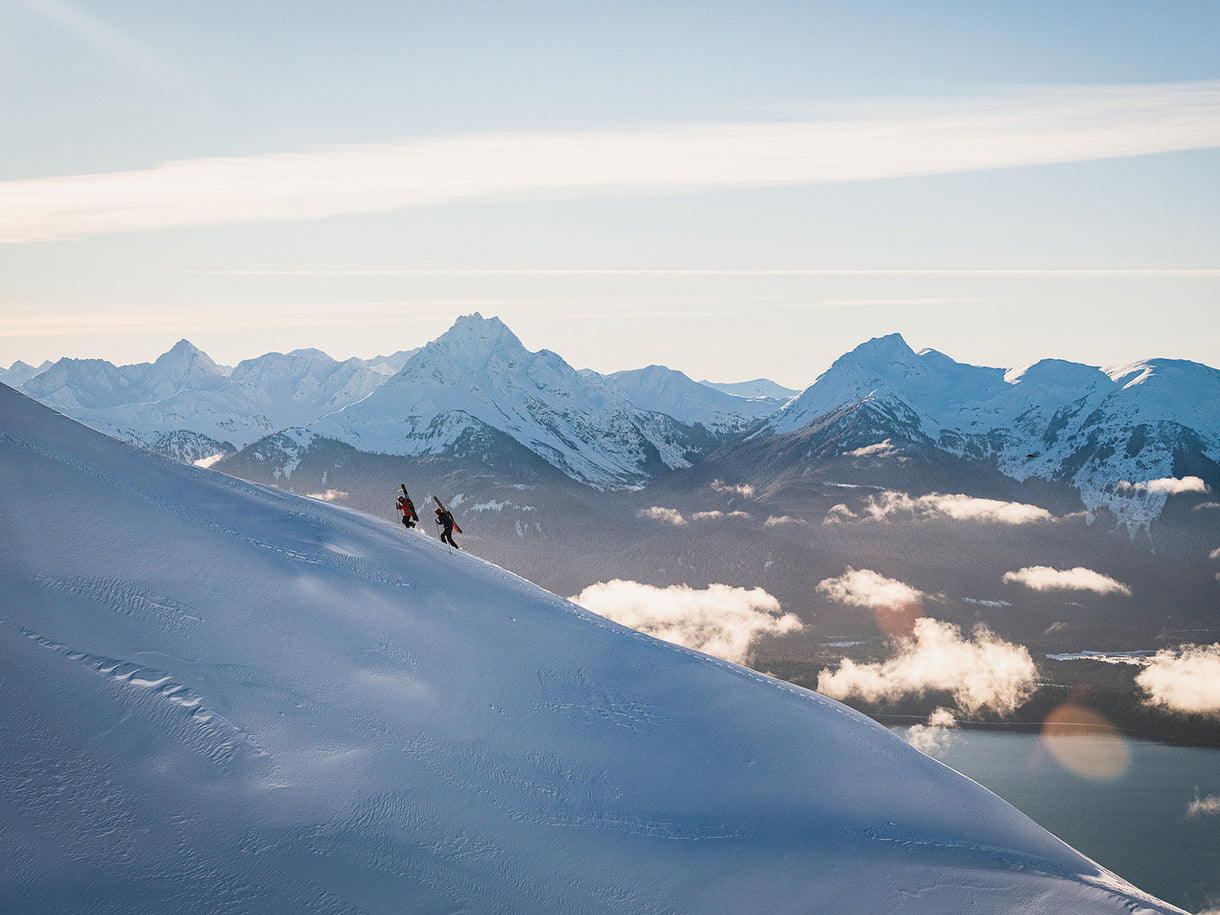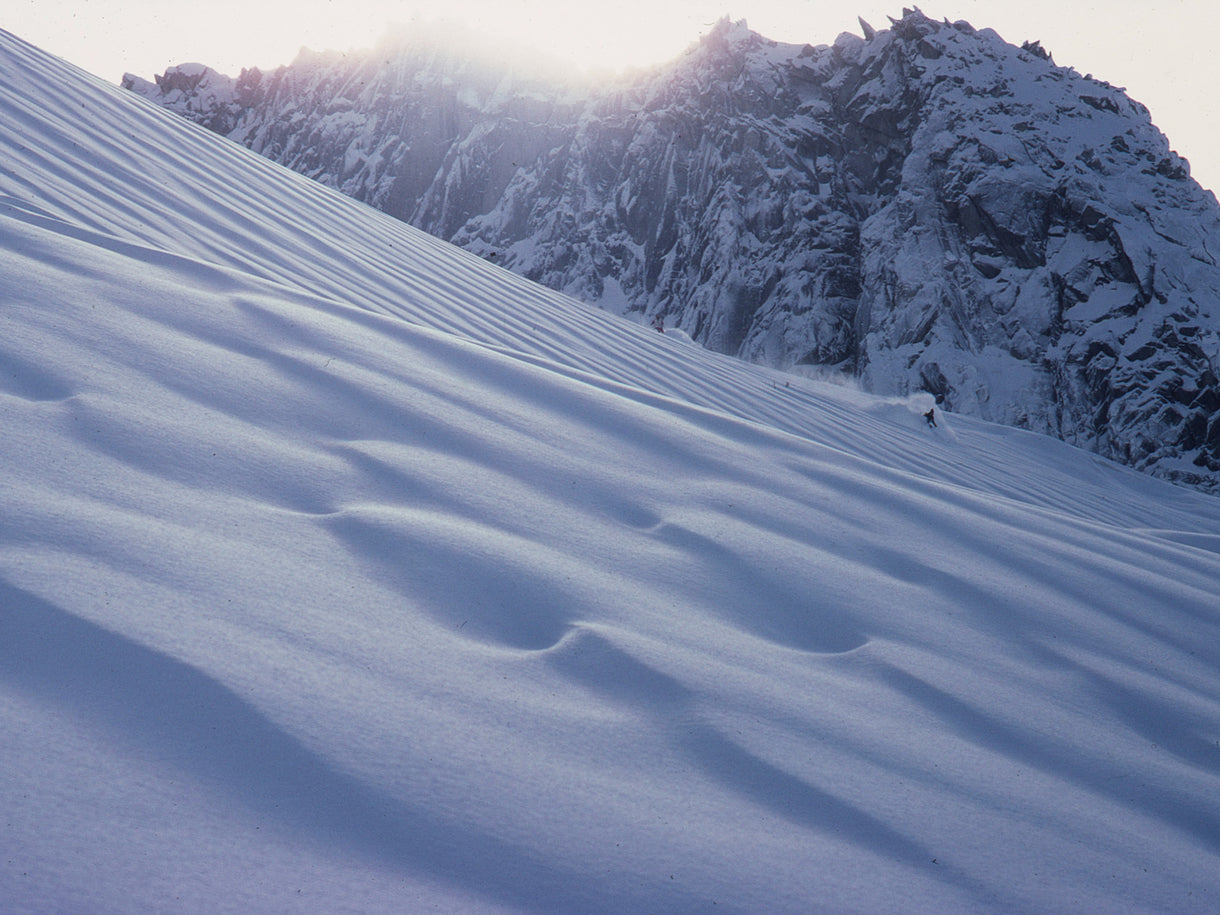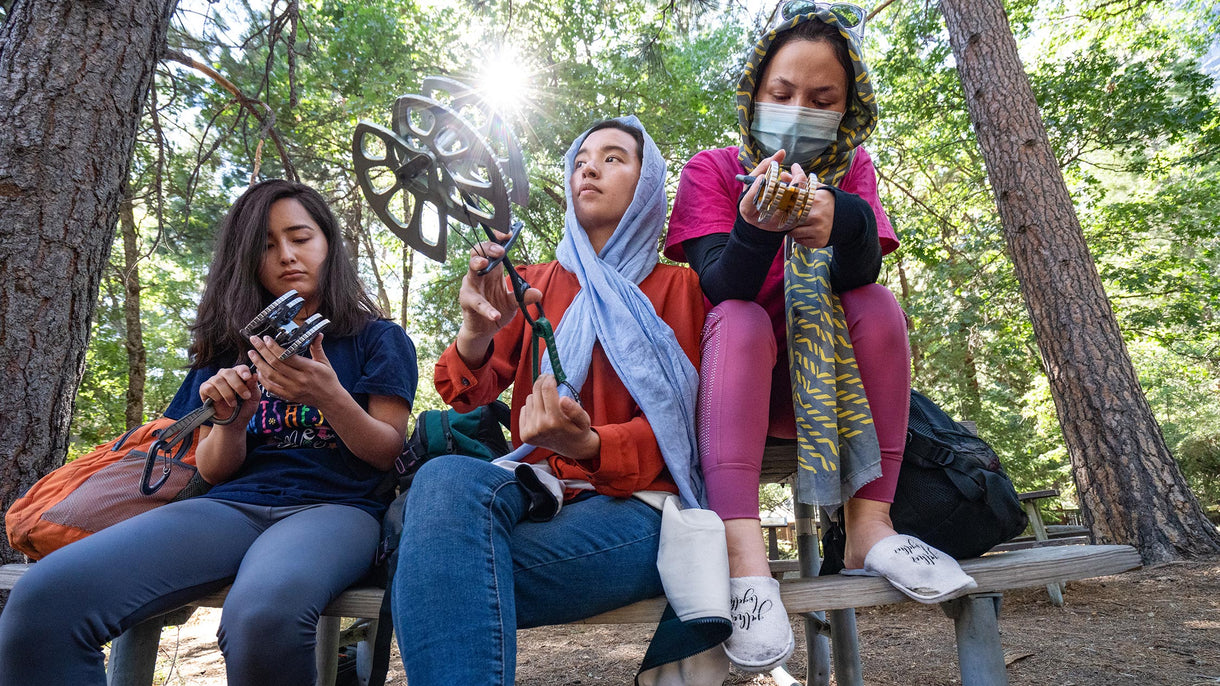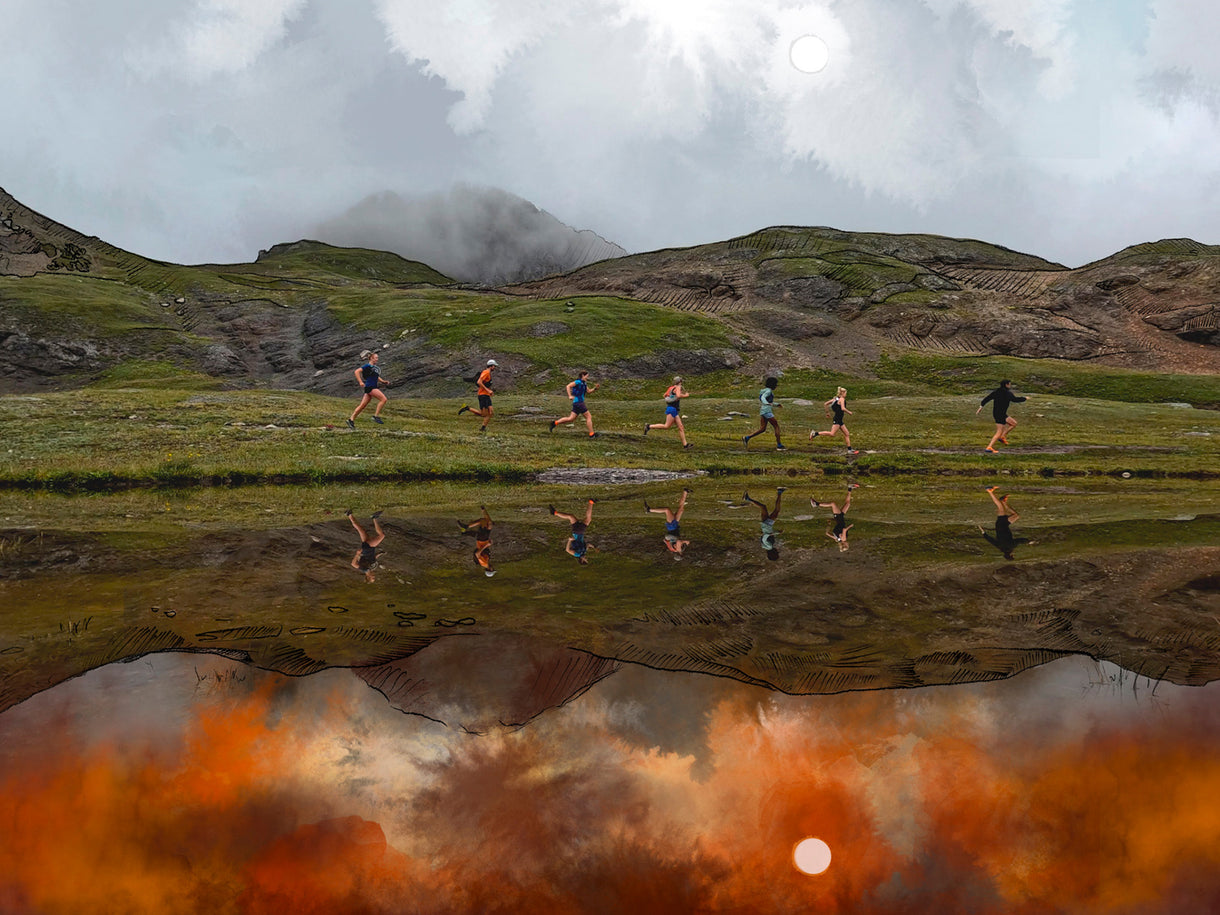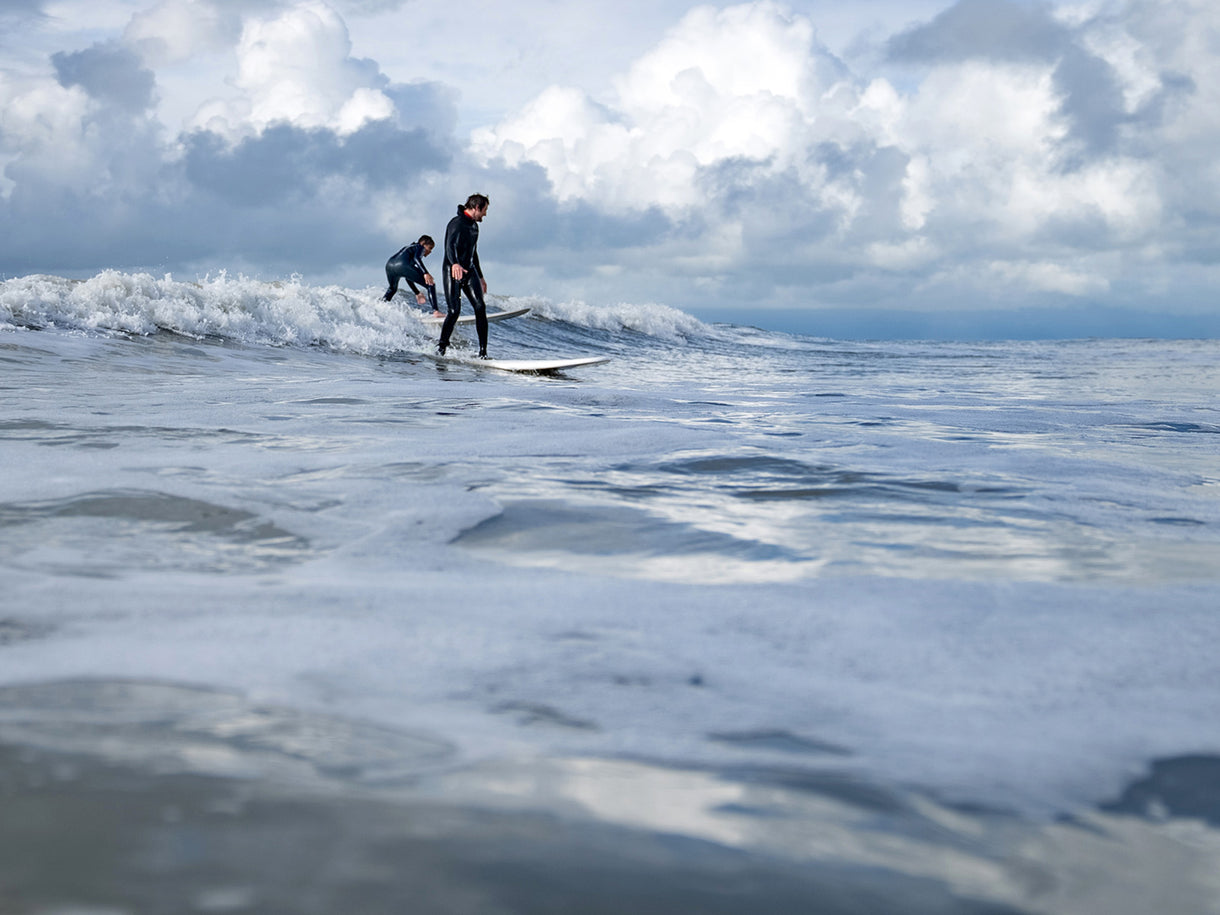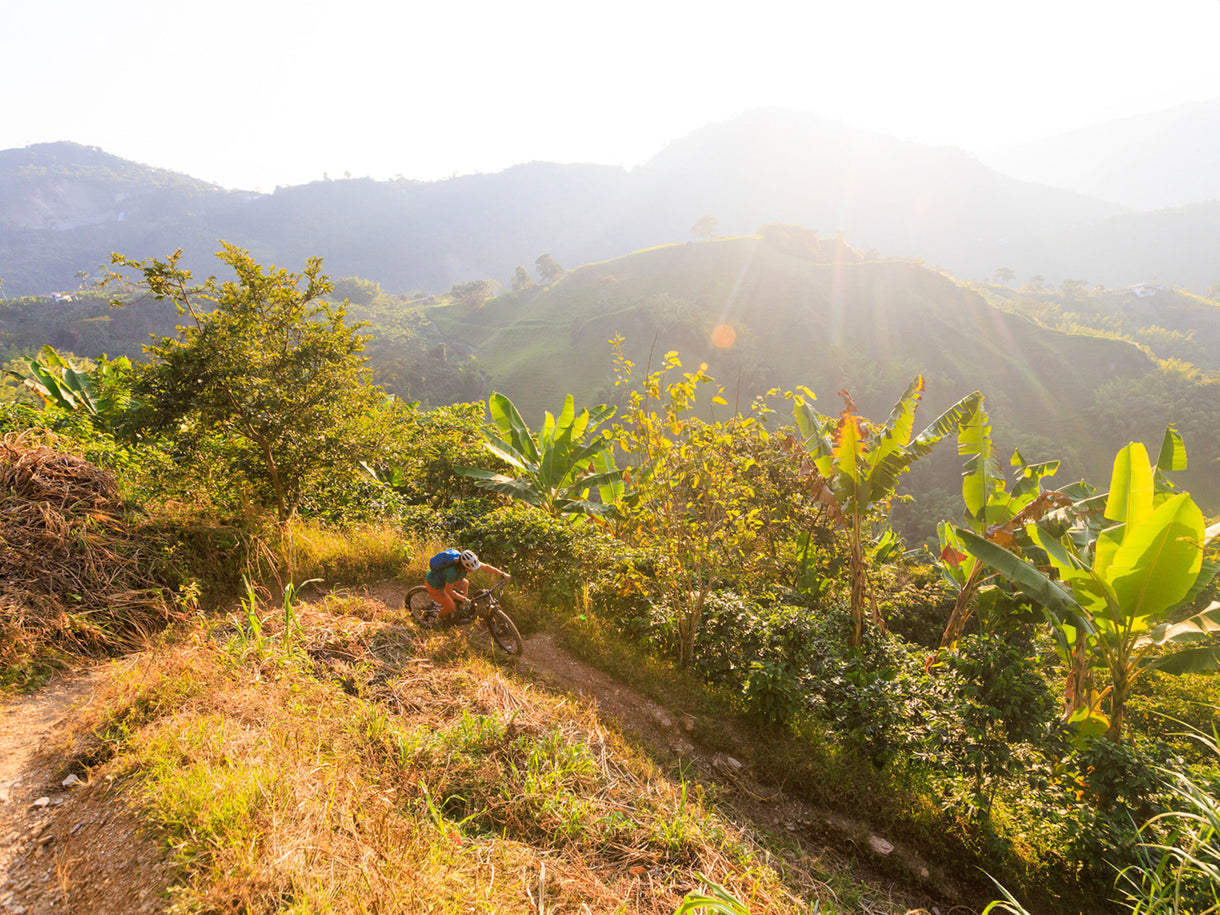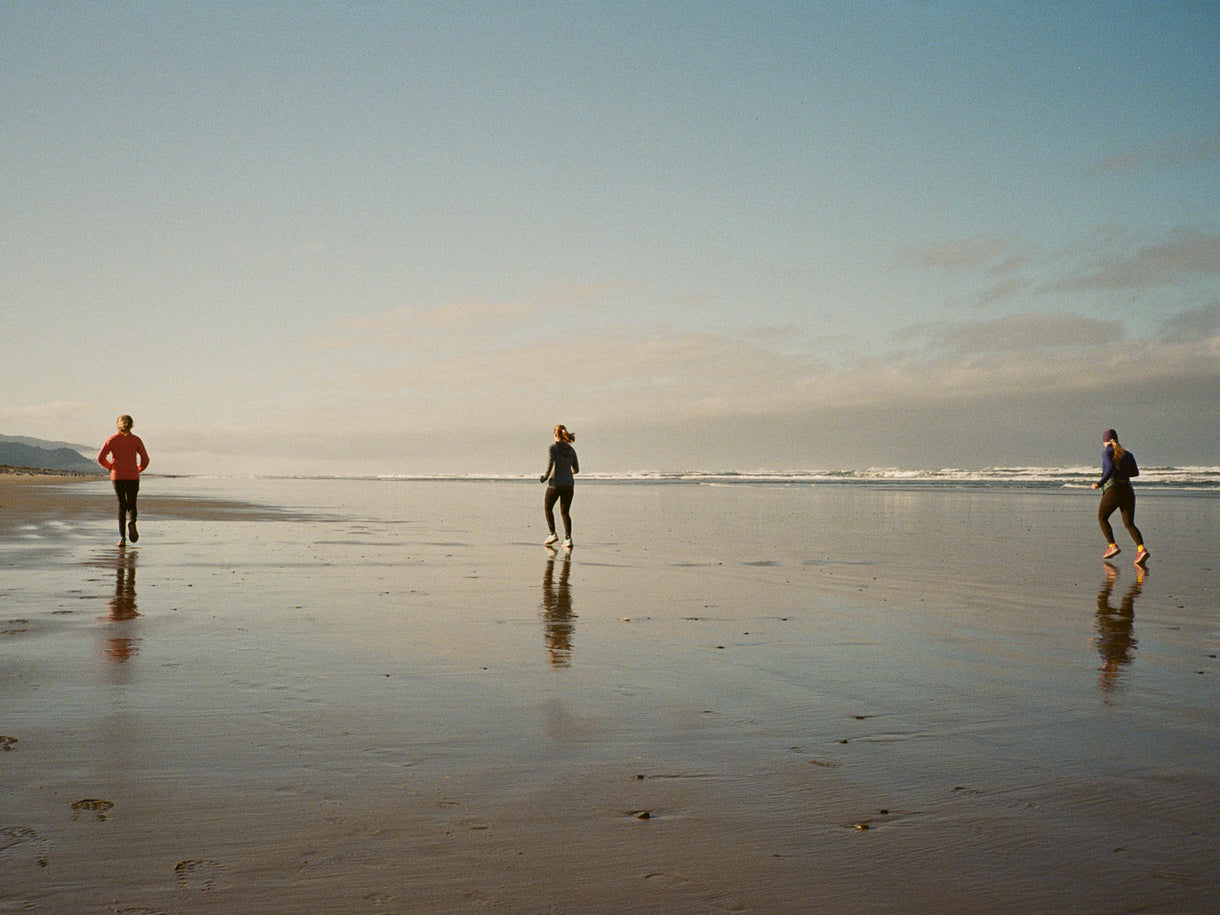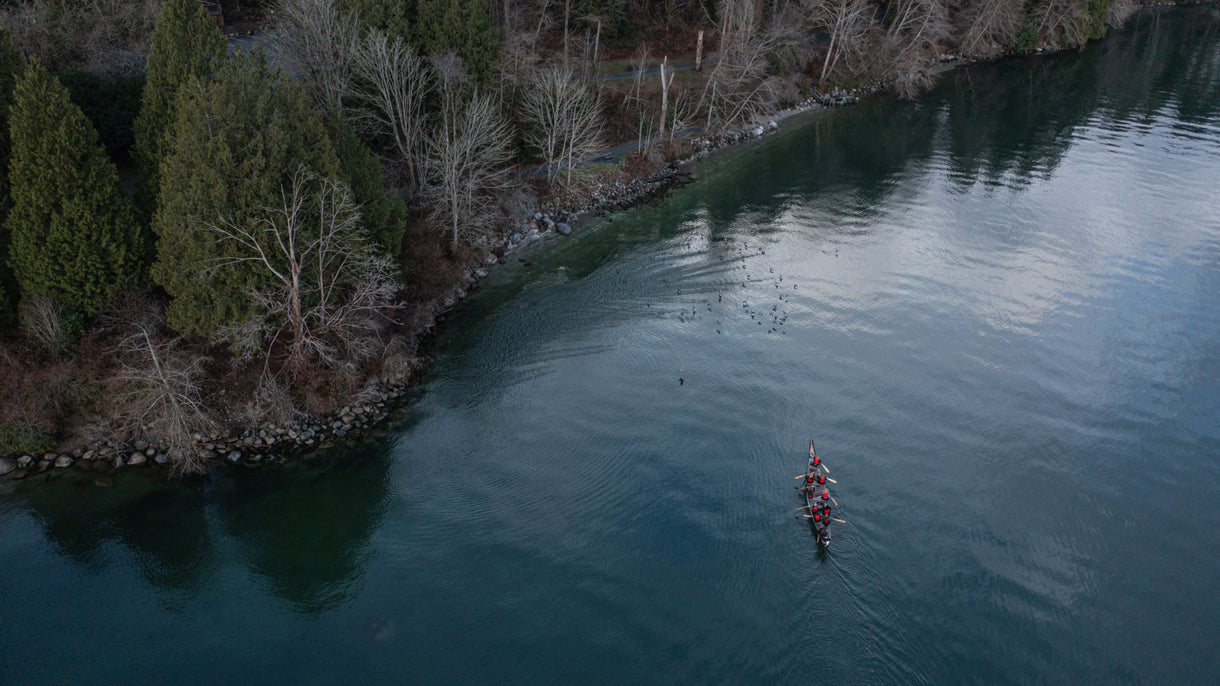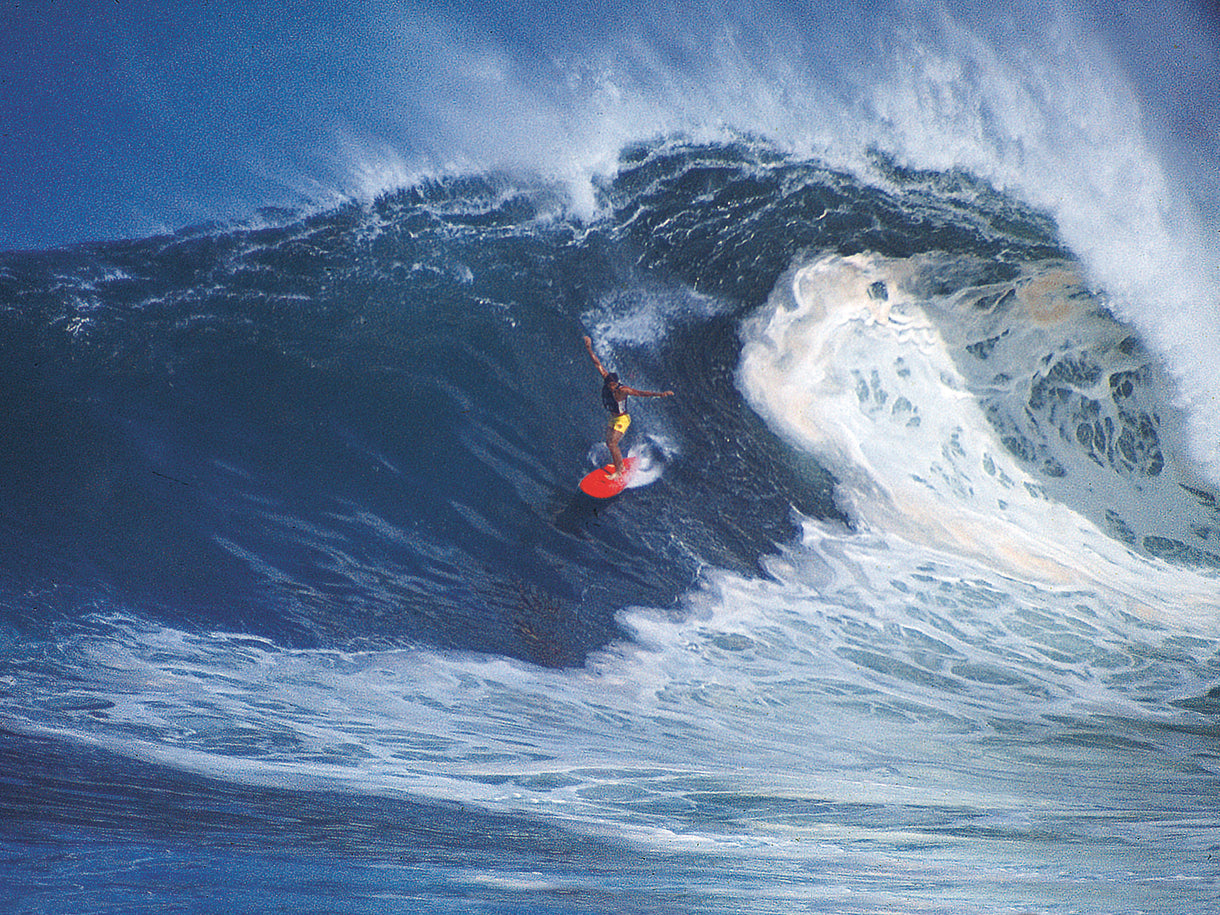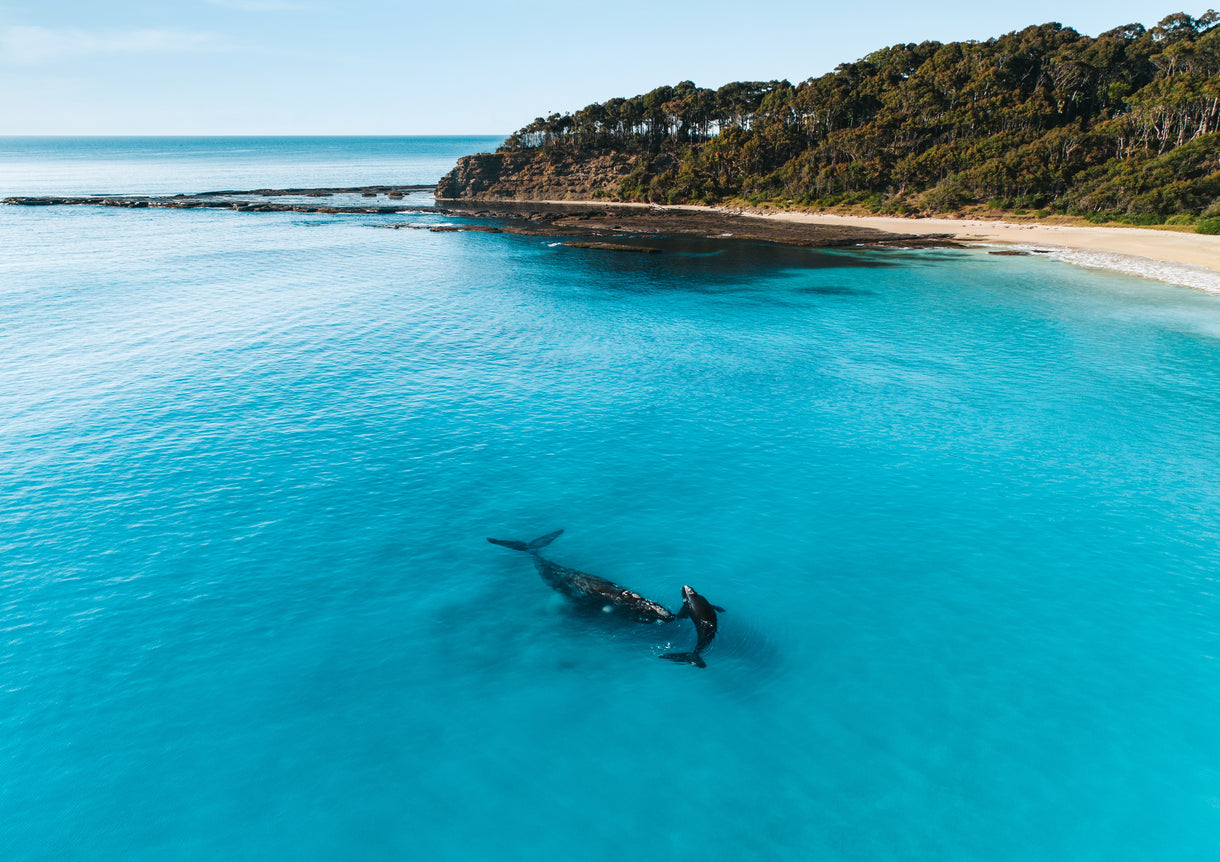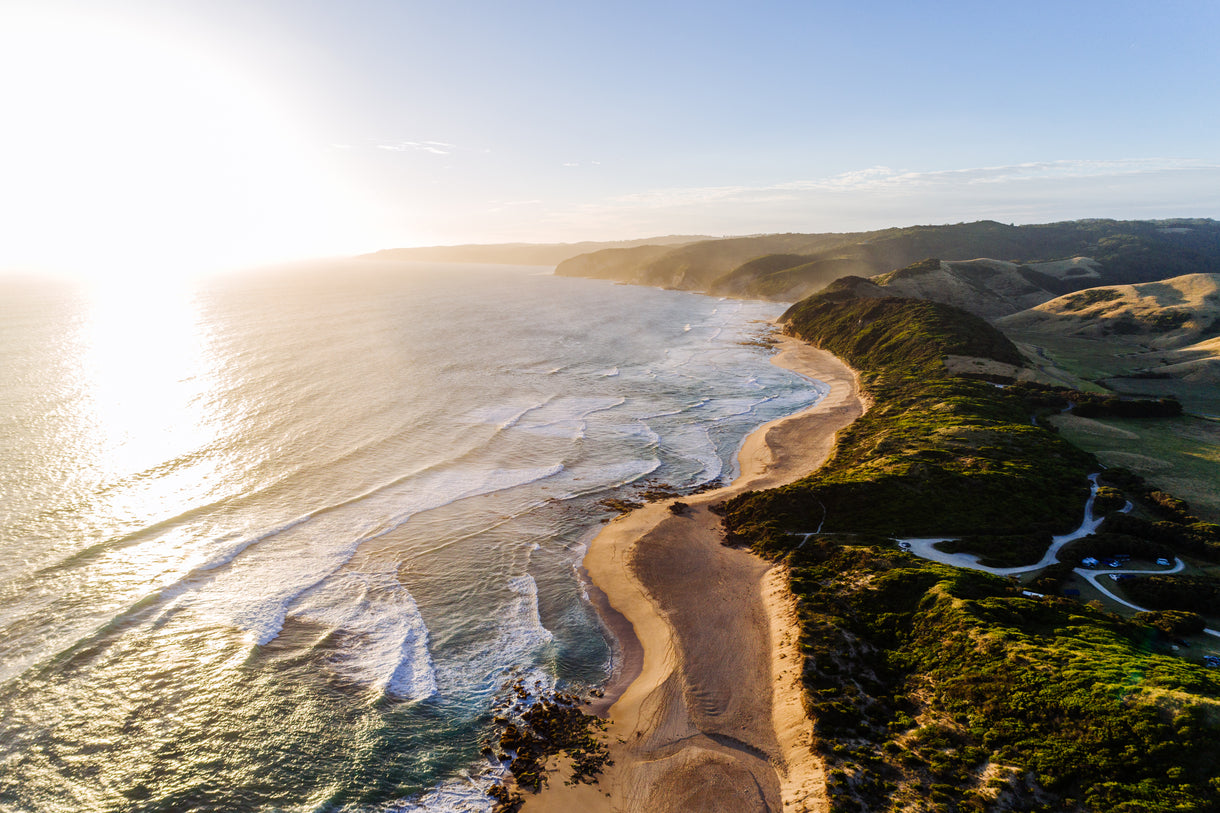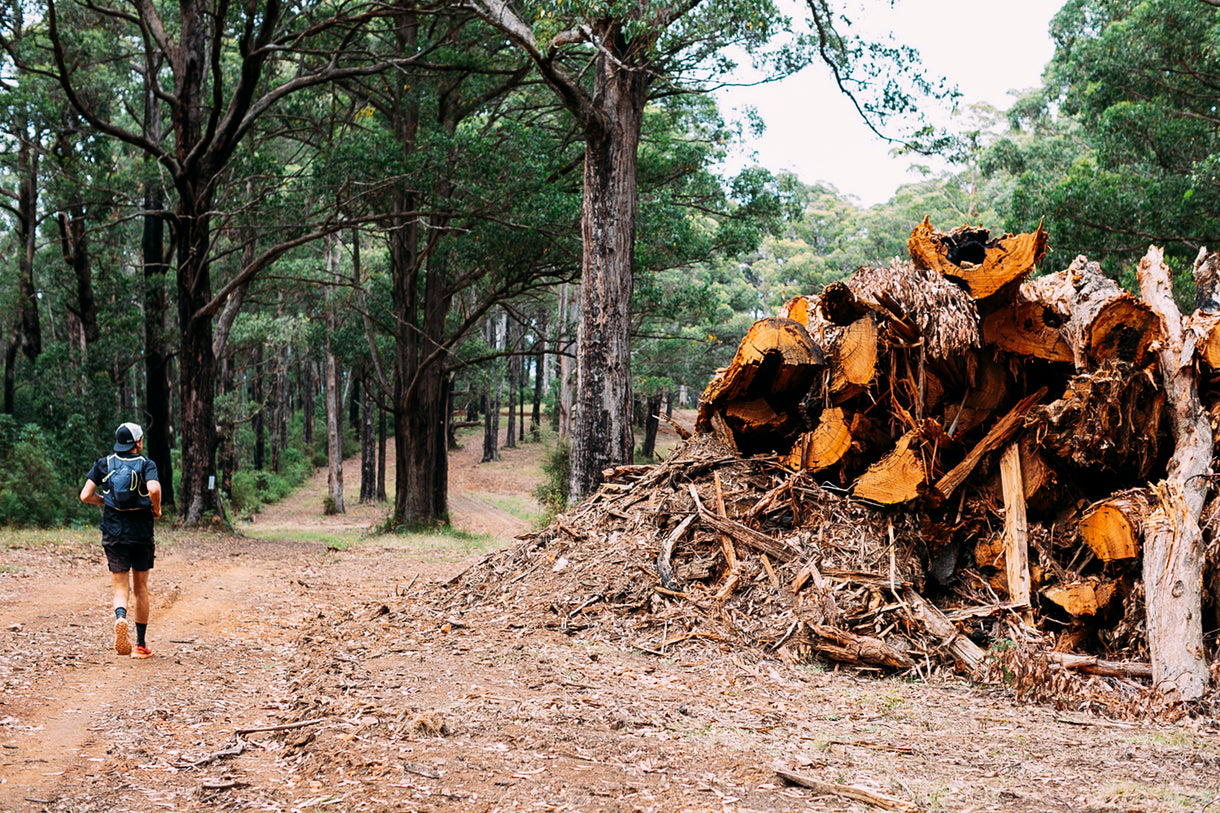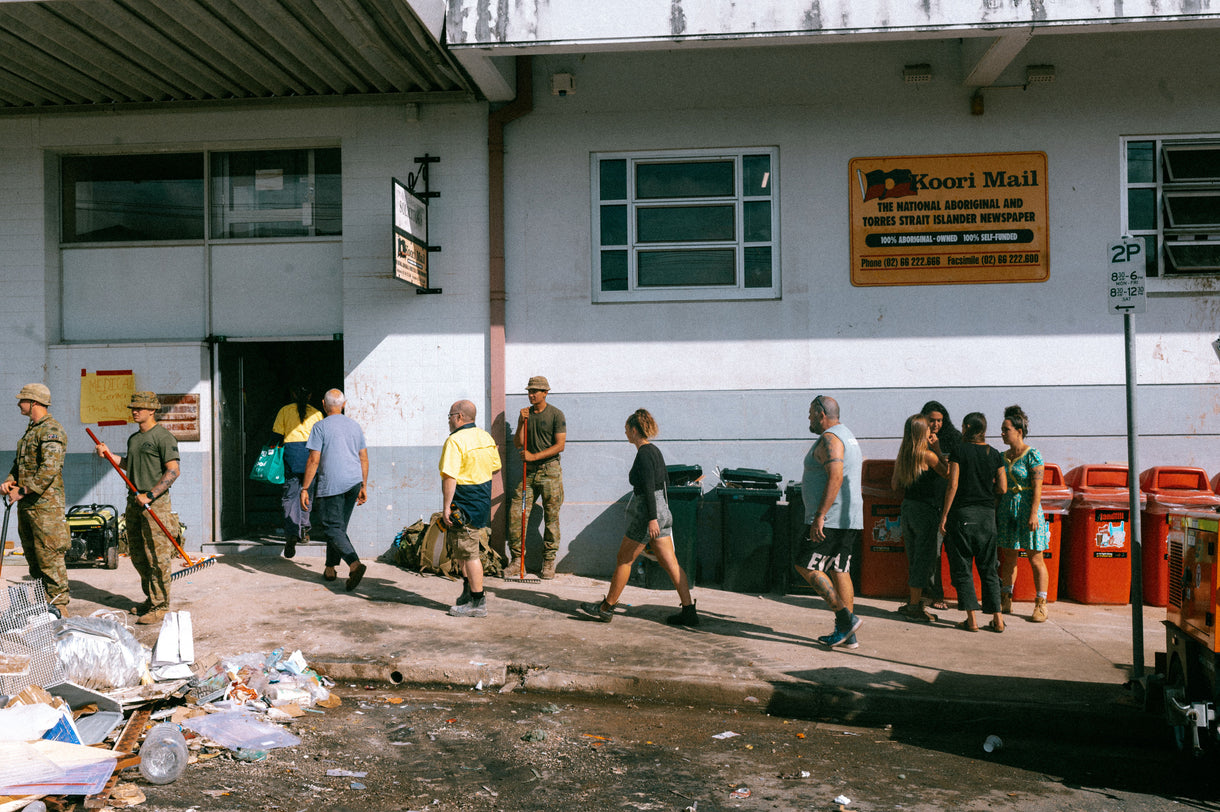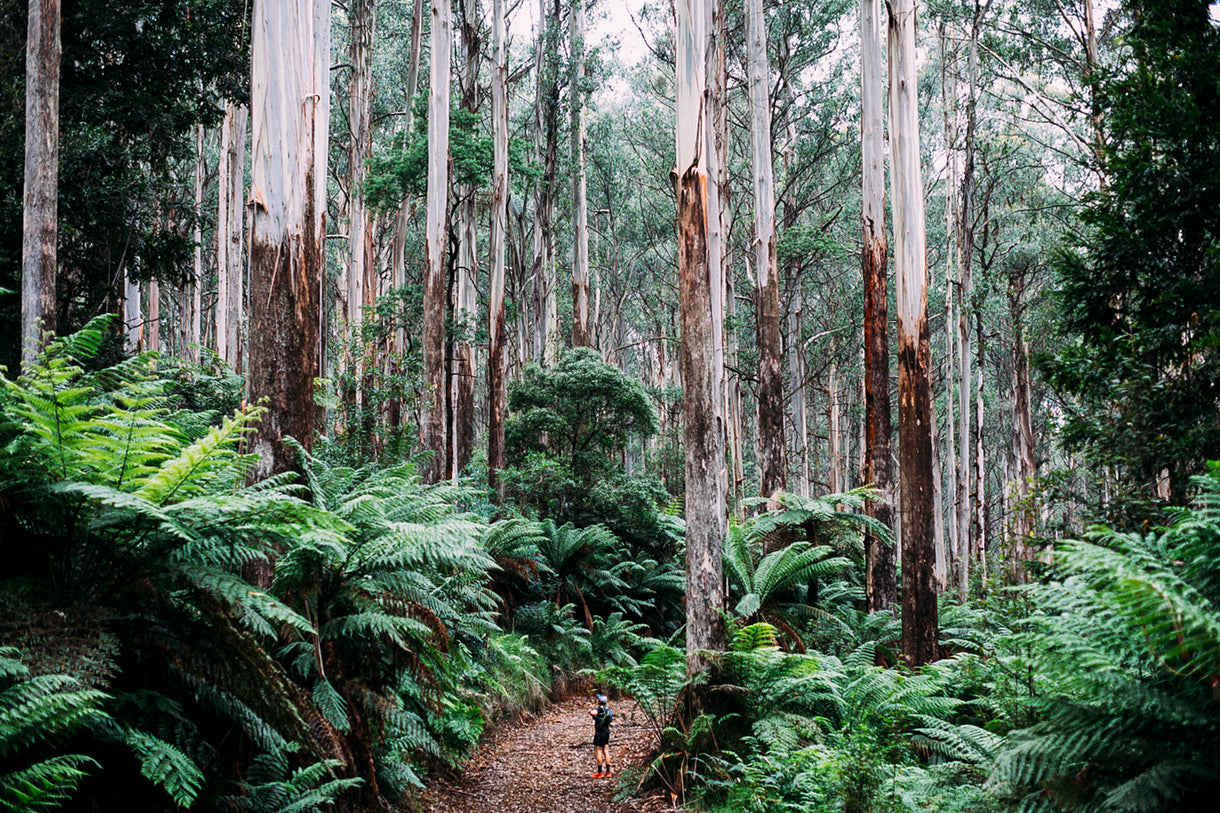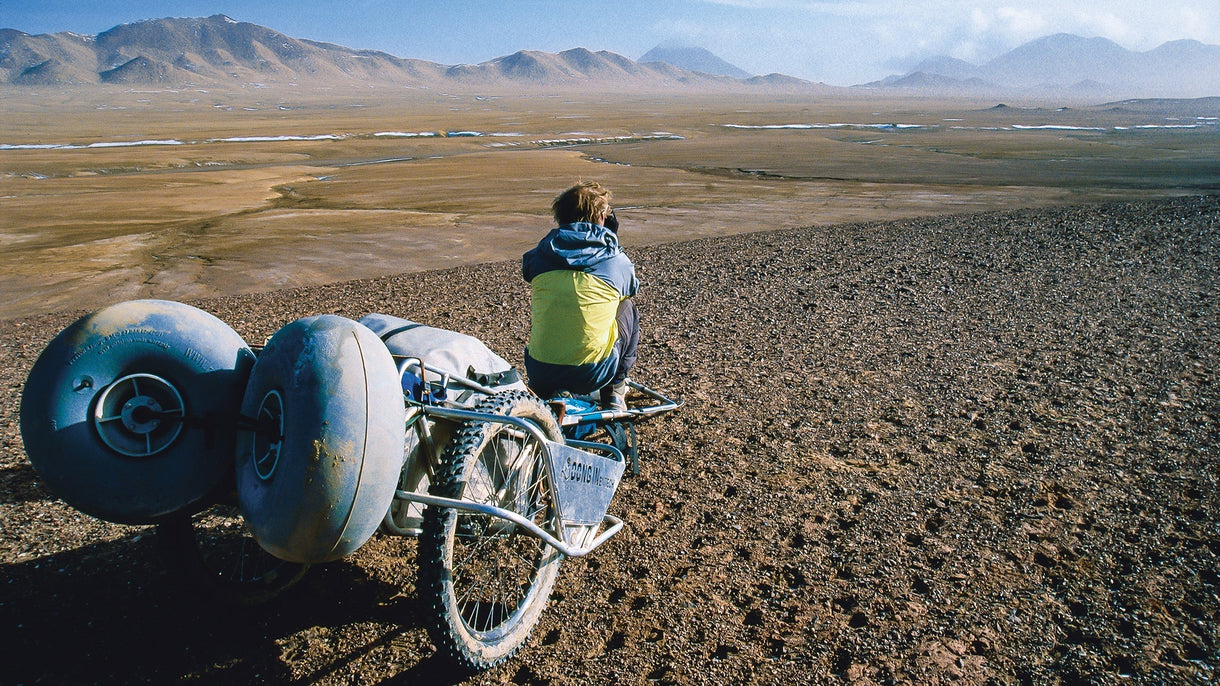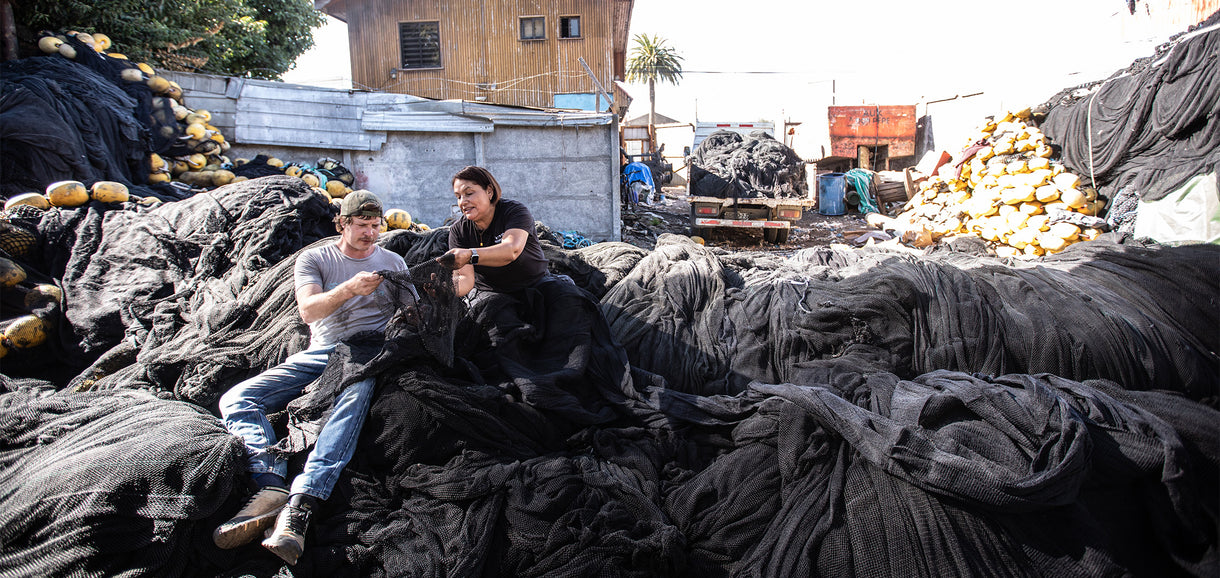The family’s small acreage is an oasis of life amongst the dry and stony sheep paddocks that surround it. It’s hardscrabble country down here in the Bight, yet Anna and Tim have grown this from scratch and it flourishes in one of the harshest environments on the Australian continent. After the hottest, driest summer on record, the place is a riot of green. There’s everything from stone fruit to greens to grapes, all fed with seaweed from the coast. Chickens and geese rule the yard. When we stop by Anna offers us a cornucopia of fruit. I pick a blood plum and take a transcendental bite. Deep purple flesh fading into gold, ripe, a delta of plum juice running down my arm. It’s the most incredible piece of fruit I’ve ever experienced. I eat three.
Anna grew up around here and has surfed since her teens… or she was a surfer, insisting that since the kids came along she doesn’t do it often enough to qualify for the title. In her twenties she was a resident in the lineup at Blacks, the left reef just out of town, where she had a reputation of being fearless, if a little kamikaze. This coast means the world to her. Her Dad’s ashes were spread out at Blacks, and she and Tim take the kids sailing on their tiny skiff across to Waldegrave Island, and occasionally, when the ocean settles enough, all the way out to Flinders Island, 25 kilometres out to sea. While the country here is old and tired, the ocean teems with life. “The other day we took the kids fishing down the beach,” says Anna, “and we caught all these salmon that we smoked up and that will feed us for the next few months. While I was there I thought about it and almost started crying. This life we have here could be ruined so easily, and for what? How would I say to my kids that I did nothing to stop this from happening?”

Photo: SA Rips
When we arrive Anna’s happy to see us. For three long years she’s lead the Elliston chapter of Fight For The Bight, the local group lobbying against the spectre of the Great Australian Bight becoming a deep water oil field. She’s fought to get the rest of Australia to see what’s happening down here, but it hasn’t been easy. Few surfers from over east ever venture down there, and it’s far removed from the Australian surfing consciousness. To most crew from over east, the Bight coast is Cactus and white sharks and heavy locals. It’s remote, sparse and wild country which gets even wilder once you head out to sea. There’s nothing between the Bight and Antarctica. For Anna, it’s been hard to get people back east to understand what’s brewing down here… but in recent weeks that’s all changed.
The first sign came on February 21. Two days earlier a Norwegian oil company had formally lodged an application to drill the deepest oil well in Australia, almost 400km out to sea in the Bight. The application included worst case oil spill modelling that showed oil across the entire southern coastline of the country, lapping Tasmania, before heading up along the east coast. It spread from Perth to Port Macquarie and everywhere in between. But this horror show wasn’t exactly new. The Norwegians – a company named Equinor – were just the latest crew lined up to frontier drill in the Bight, and every spill model that preceded their’s told pretty much the same story. If a well blew out and they couldn’t cap it, the southern coast of Australia would be an oily ruin. Anyway, I’d posted plenty of spill modelling over the past year without getting much of a bite, so I took the latest map, posted it to my Instagram account, and went for a surf without thinking much more of it.
Photo: SA Rips
I came in an hour later, dried off and checked my phone. The post had 8000 likes. My Instagram account is a digital wilderness, and the most likes I’d ever had was a thousand for a selfie my daughter had taken with Kelly Slater at Bells last year. Something was going on. As I watched my phone it chirruped and burped digitally and red shit was appearing everywhere; likes, comments, reposts. That same image began to fill my feed, over and over. Eight thousand became 10,000 within five minutes. Something was happening. Of all the posts that day, for reasons unknown, the giant finger of the Instagram algorithm had descended from the clouds and pointed at my post.
At that point I remembered I’d tagged Equinor’s Instagram account in the post and told everyone to get over there and let them know what they thought of their plans to drill in the Bight. I’d checked out Equinor’s account before I tagged them. Their most recent post featured a harmless oceanic wind farm. Just a year ago Equinor were known as Statoil, but had rebranded themselves as a clean, green energy champion. Anyway, I checked it out and their wind farm photo had 10 comments when my post went up. When I checked the Equinor post after my surf an hour later it had 6000 comments, all of them from Australia, and all of them conveying a general sense of red hot Antipodean outrage. They were brutal. Bight photographer Hayden Richards – SA Rips – was threatening to pull a roo tail out of the freezer from Nundroo pub and wrap it around someone’s head in head office in Oslo… and that was one of the kinder ones.
Of course, it was more than simply an Instagram post. There was something deeper being tapped into here and all sorts of reasons why this was happening. For surfers it was an idea whose time had come around again. At points during the ‘70s, ‘80s and ‘90s surfers led on a whole range of environmental, social, and political issues. Vietnam, sand mining, Apartheid, ocean outfalls, whaling, nuclear testing… take your pick. Surfers were the activist conscience of the country. Surfers really gave a fuck.
But not so much lately. We’ve had it way too good for way too long and it’s created a high level of self-absorption. We’ve just gone surfing. But over time the problems of the world have crashed our party. The coast has become a commodity. Big Developers, Big Oil, Big Money, Big Marketing… even Big Surf. The pressure on the coastline has built. Slowly at first, then in the past weeks, all at once.

Photo: SA Rips
The paddle out in Torquay on March 3 was the first real physical manifestation of surfers pushing back. Torquay was smack bang in the middle of the spill map and half the town surfs, so the paddle out that was organised for March 3 at Cosy Corner was a test. After a generation of online clicktivism, would people actually show up? The thing was due to start at midday, and by 11am you were parking in Pride Street, two streets back from the beach. By midday you couldn’t move on the beach, and the only place left was in the water. It looked like the Winkipop lineup on a long weekend. There were thousands of people out there – surfers, clubbies, and kids. Half the crowd were mums and dads and kids. My kids were out there and they weren’t there simply because everyone else was. They knew who Equinor were and knew what they planned to do. This wasn’t a radical fringe. You couldn’t dismiss this simply as feral surfers in the same way feral surfers had been dismissed in the ‘70s. These were the surfers of today.
The Torquay paddle out also unearthed a natural leader. Until that point the grassroots movement around the Bight had just happened, but as soon as Damien Cole got out there at Cosy Corner on a homemade oil rig – some two-by-two timber sprayed black perched on a Supsquatch – and whipped the crowd into a frenzy, yelling, “No way, Equinor!” it was clear who’d lead it. The son the legendary Maurice Cole and genetically predisposed to sticking it to the man, Damien had already saved the farmland behind Bells from a housing development, but when he climbed up on the rig and flipped double birds at the Equinor sign he became a cult hero who’d soon be paddling out and flipping twin birds around the country at Burleigh, Melbourne, Sydney, Newcastle, Cottesloe and Hobart.
Back down in the Bight new leaders emerged. A few years back Heath Joske had married a Streaky Bay girl, Eliza, and moved down to the Bight. A former pro surfer from over east he now works on the prawn boats out of Streaky, is regenerating 400 acres of sheep paddock, and surfs the reefs between Monuments and Fowlers. If anyone knows how wild the ocean can get out here – and how dangerous dropping a deep water oil rig out into it would be – it’s him. He’s met with Equinor and called them out on their numbers about the sea state they believe they’ll be working in. They patronisingly told him to calm down, that they’ll only drill in summer and the swells in the Bight don’t get over a 3.7m mean average in summer. Heath pulled out his phone and showed the guy the buoy at Cape du Couedic was, at that very moment, reading 5.8m on average with 12m peaks. The guy from Equinor smugly pointed out that it wasn’t summer anymore. It was March 6. Heath has fronted the surf resistance down there, but working in the background, just as he’s surfed in the background for 30 years, has been Camel.
Photo: SA Rips
For all involved in this, the campaign has been an education. Equinor, when they submitted their Environment Plan to the industry regulator for approval, made it public. However, the public were given just 30 days to make comment on 1500 pages of dense science, broken up by pages of smiling Norwegian oil workers. Those interested in having their voice heard formally on this had to become experts in deep water oil drilling, the marine ecology of the Bight, and the geopolitics of the oil industry. The public were thrown in at the deep end, but over 31,000 of them took the time to read the plan and submit a considered, referenced, and scientific response. Others simply replied with, “Fuck off Equinor.” But those 31,000 submissions fired a huge shot across the bow of the oil industry. Equinor said they “wouldn’t push through public resistance” to sink their drill. They were beginning to realise just how much resistance they were up against, and that it even extended back home to Norway.
The unique aspect of this situation is that Equinor are two-thirds owned by the Norwegian people, and the Norwegian people have a powerful voice in this – the plan to drill in the Bight is happening in their name. The fight against this in Norway been led, as it has in Australia, by the surfers. They have their own battles with Equinor. Most photos you’ve seen of surfing in Norway, those images of huge snow-covered bluffs with a long left at one end and a frosty, slabby right at the other come from the Lofoten Islands in the north or Norway. Equinor want to drill there too. The small Norwegian surf community have opened up another front in this fight and it’s a powerful one. They’ve made noise at home and managed to get the issue all the way to the Norwegian parliament. The solidarity between the two surfing communities on opposite sides of the globe hints at just how powerful a voice surfers could have if they got their shit together.
But the game as it stands is rigged against them.
The Australian oil and gas industry self-lubricates; a closed circle of oil lobbyists, oil giants, and the feds. It’s fucking eye watering. Exxon Mobil have turned over $33 billion in revenue over four years in Australia yet have not paid a single cent in tax. Under the Petroleum Resource Rent Tax, if this Equinor well fucked up in any way, the cost of any clean up would be tax deductible for years, indexed annually at 17%. Meanwhile, the Federal minister who originally sold these permits out in the Bight became the Chair of the oil lobby here in Australia just two weeks after leaving parliament. Two weeks. They are so far up each other’s arses it’s hard to tell where politicians stop and the oil lobby start and these guys have been unchallenged for so long they almost satirise themselves. You couldn’t make this shit up. This is what Anna Taylor is up against. This is what everyone is up against.
Photo: SA Rips
What’s happened in the past two months however is bigger than a simple protest about a hole in the ocean floor. It’s bigger than the Bight. This is a point in time, for surfing and for the world. The day before 3000 surfers paddled out at Burleigh Heads to protest what was happening in the Bight, millions of kids all around the world wagged school and took to the streets to protest their future being sold out. There’s change coming. The Old World is making a desperate last stand. Australia has just experienced what will be our hottest summer on record, and our response has been to dig a giant hole in the earth in Queensland, and a hole in the ocean floor out in the Southern Ocean. For the surfers of Australia the Bight is a line in the sand, and if we really do consider ourselves as throw-aheads, this is the time to prove it.

